The bathroom has now surpassed its mere cleaning function and has gradually become an important space that embodies the quality of life and design attitude. With its simplicity, transparency, and easy accessibility, the Walk In Shower Door has become the preferred choice in modern bathroom renovations. However, to truly integrate the shower door into the space and enhance its practicality and aesthetics, multiple key factors must be considered comprehensively - from market trends and spatial layout to safety, maintenance, and investment returns, none of which can be ignored.
1. Market Trend: The Rise and Development of Walk-In Shower Doors
The global shower door market is experiencing robust growth. According to a report by Transparency Market Research, the global market size was approximately $18.8 billion in 2023 and is expected to grow to $39.5 billion by 2034, with a compound annual growth rate (CAGR) of 7%.
According to Cognitive Market Research, the market size was USD 19.62 billion in 2024 and is expected to reach USD 35.26 billion by 2032, with a compound annual growth rate (CAGR) of 7.6%. This trend suggests that the demand for high-quality, modern shower solutions is increasing rapidly, particularly in residential upgrades and renovation projects.
2. Spatial layout: How to plan shower doors according to local conditions
The primary consideration when choosing a Walk-In Shower Door is the spatial layout of the bathroom:
Small bathroom (under 100 square feet): Sliding door or doorless design saves space and avoids conflicts with the toilet and sink.
Large bathroom (over 150–200 square feet): Choose frameless glass doors to maximise visual transparency, and even pair them with open shower doors.
Door opening direction: Measure the existing circulation routes to ensure the door is not obstructed and daily convenience is not affected.
Industry experts suggest that before renovation, professional surveyors should conduct precise measurements to ensure that the dimensions of the shower door are coordinated and consistent with other bathroom facilities.
3. Materials and Durability: Ensure the shower door remains as durable as a new product
The choice of shower door material directly affects the product's lifespan and user experience:
Glass thickness: Commonly seen are 1/4 inch (approximately 6 mm), 5/16 inch (approximately 8 mm), and 3/8 inch (approximately 10 mm). Thicker glass is more stable, but requires higher standards for hardware support.
Glass type: Transparent glass is more suitable for expanding the sense of space; frosted/textured glass balances privacy and aesthetics; glass with a water-resistant coating can reduce the frequency of cleaning.
Hardware accessories: Prefer stainless steel or high-grade aluminium to enhance corrosion resistance and prolong service life.
According to data from the latest report by the National Kitchen & Bath Association (NKBA), over 70% of bathroom renovation projects prioritise high-durability materials as the foundation for their renovation, driving high-quality glass and hardware to become mainstream in the market.

4. Safety design: An indispensable core guarantee
The shower door involves the safety of family members, especially when elderly or children are using it:
Tempered glass: forms obtuse-angled fragments after shattering, reducing the risk of injury.
Barrier-free design: Install on flat ground without thresholds to reduce the risk of tripping or slipping.
Anti-slip flooring: Choose anti-slip tiles or bathroom mats to effectively enhance safety.
Data shows that approximately 30% of household bathroom accidents are related to slips or improper door installation, emphasising the importance of professional installation.
5. Cleaning and maintenance: the key to convenience and aesthetics
The user experience of shower doors is highly correlated with the convenience of cleaning:
Nano-coating anti-scale coating: significantly reduces water stain adhesion and enhances cleaning efficiency.
Drainage track design: To prevent water accumulation in the slide track and extend its service life.
Easy-release hinge/track: Convenient for deep cleaning and maintenance.
According to user research conducted by Houzz, approximately 65% of homeowners renovating their bathrooms consider "easy to clean" as one of the core factors when purchasing shower doors.
6. ROI and Value Enhancement: A Long-term Perspective on Bathroom Renovation
Walk-in shower doors not only enhance daily experiences but also significantly increase the resale value of a property:
According to the "Cost vs. Value Report" published by Remodelling Magazine, the average return on investment for a mid-range bathroom renovation, which includes the installation of a new shower system, is 72.7%.
According to Zillow data, the average return on investment (ROI) for bathroom upgrades featuring frameless glass shower doors is 56.2%.
RealSimple reports that residences equipped with luxury walk-in shower systems have significantly increased appeal and bidding interest in the market.
In other words, the Walk-In Shower Door is a home upgrade option that combines a comfortable experience with a good return on investment.
7. Overall design style: creating the aesthetic core of the bathroom
The appearance of the shower door should not only meet functional requirements, but also coordinate with the overall design style:
Frameless glass: minimalist and transparent, suitable for modern minimalist style.
Semi-framed/Framed design: It has a stronger structural sense and is suitable for industrial or traditional styles.
Frame finishes (frame material): Black metal is suitable for modern industrial style, while brushed gold or copper is suitable for retro or luxurious style.
The designer suggests that the shower door should match the vanity (bathroom cabinet), tile (ceramic tile), and lighting (illumination) in the bathroom in terms of material and colour, thereby forming a unified visual language.
8. Case observation and experience summary
Drawing from comprehensive industry experience, the following points are particularly crucial:
Utilise professional measurement and installation to ensure that the door body fits perfectly with the wall surface.
Choose tempered glass with a thickness of 3/8 inch (10 mm) or greater, striking a balance between stability and aesthetics.
Invest in stainless steel hinges and tracks to minimise future maintenance costs.
Preferably, water-resistant glass with an easy-clean design, ensuring a long-term bright and clean appearance.
Consider both short-term comfort and long-term housing value enhancement when allocating the budget.
9. Conclusion: Make rational decisions to make bathroom renovation "technical, aesthetic, and valuable"
A Walk-In Shower Door is not just a renovation project, but also a significant investment that enhances the practicality, safety, and aesthetics of the bathroom. From market trends, material safety, user experience, maintenance costs, to long-term value, it demonstrates its core position in modern homes.
During the selection and installation process, it is essential to start from the overall needs, integrating professional measurements, high-quality materials, simple design, and investment returns. This ensures that the final solution is both aesthetically pleasing and practical, while also bringing long-lasting value-added potential to the property.

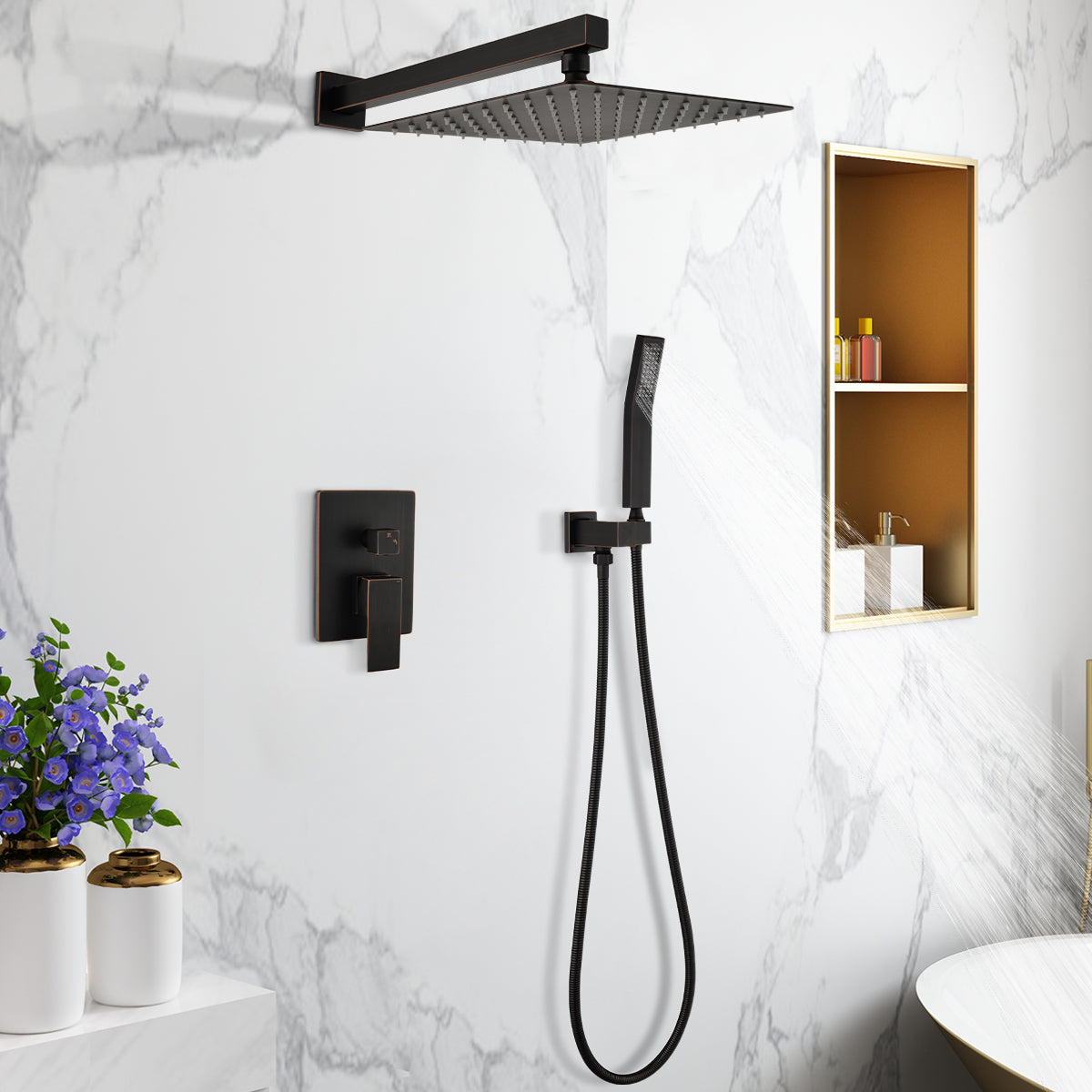
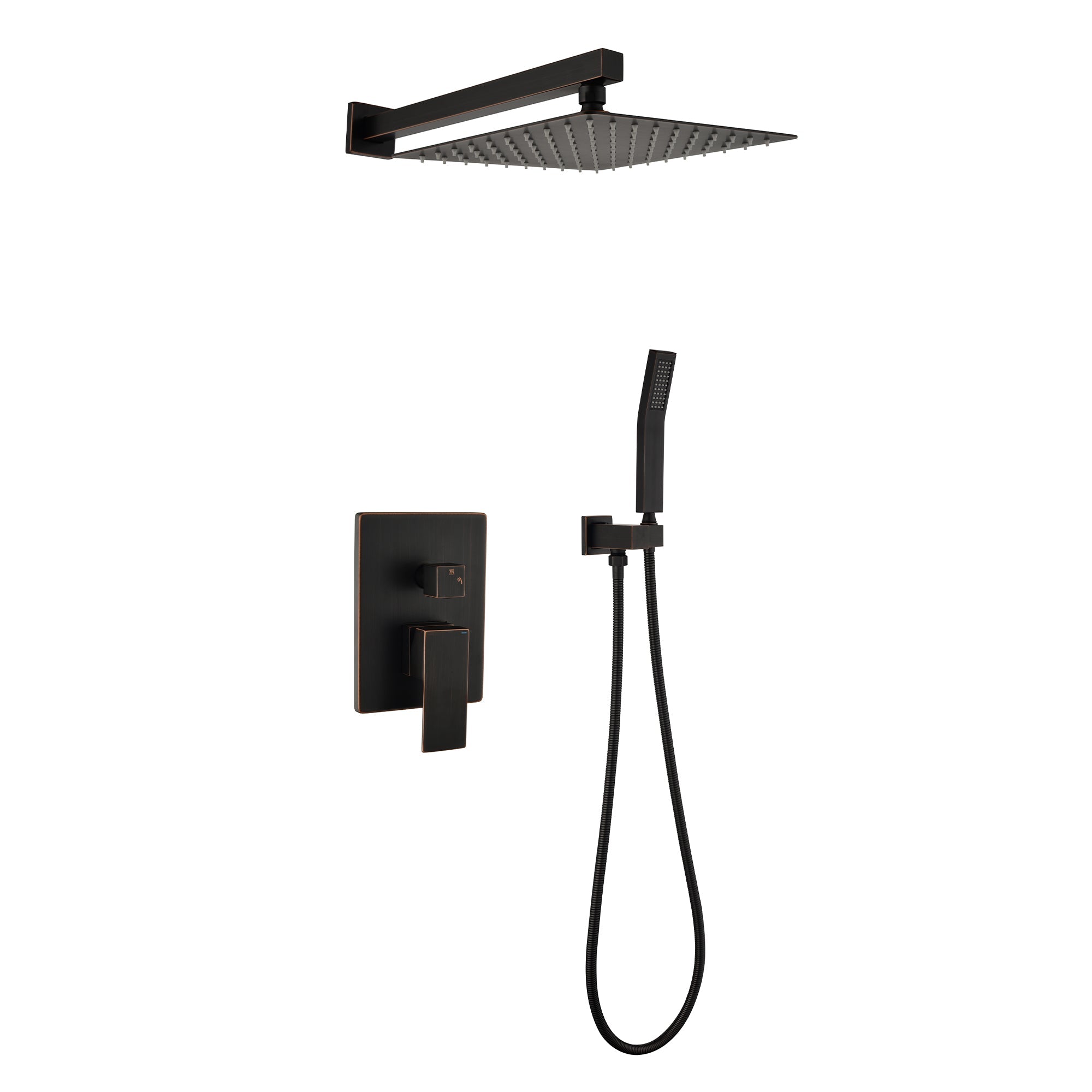


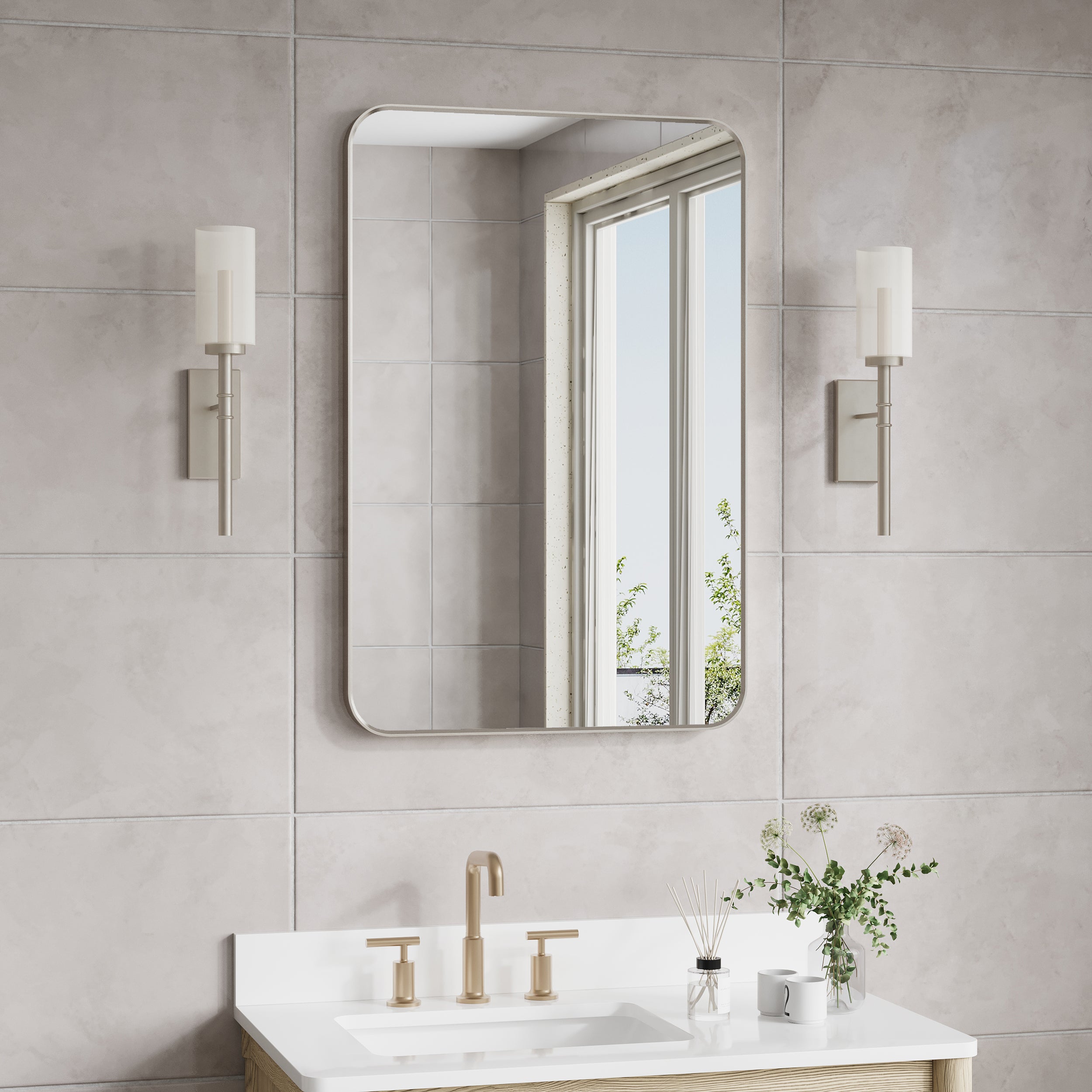
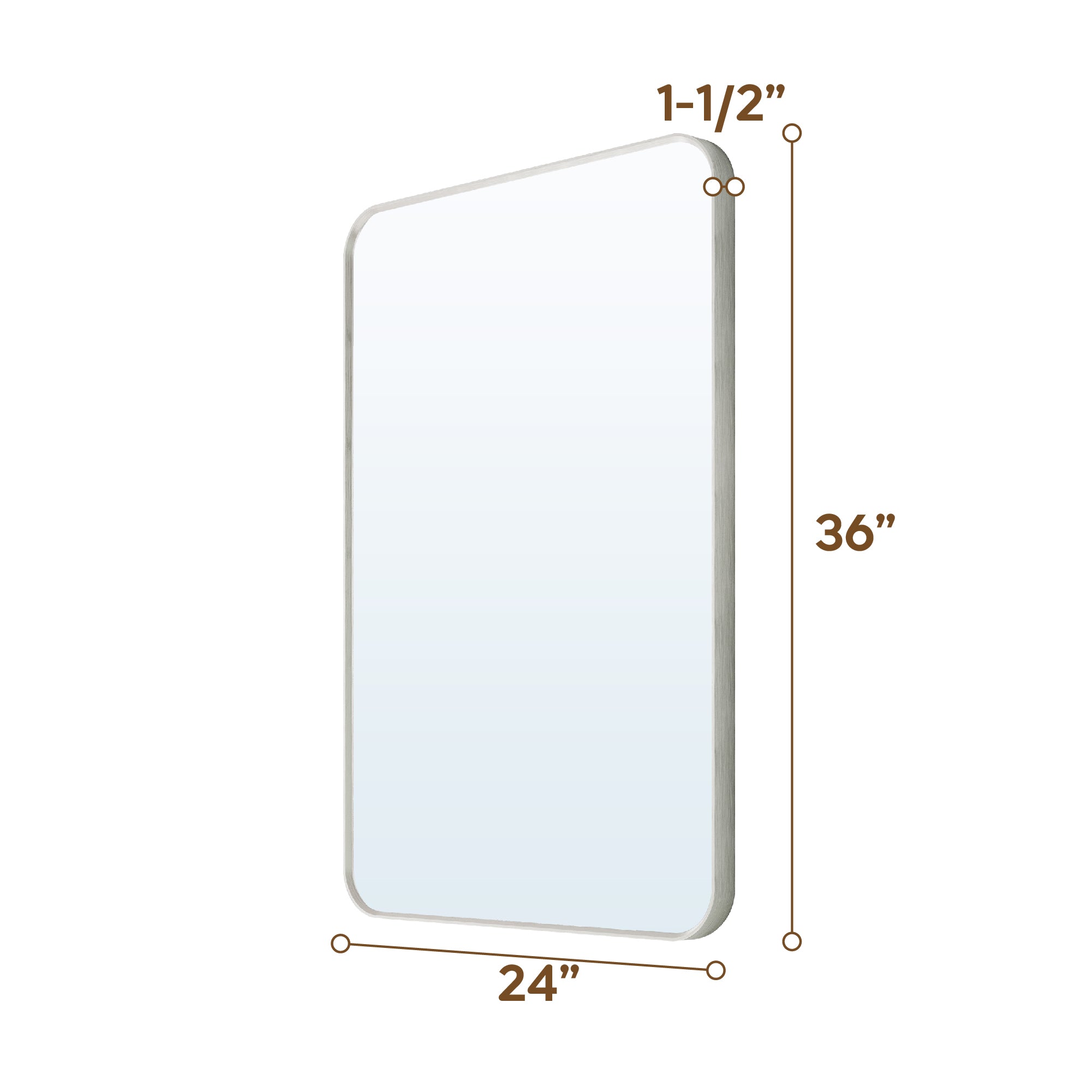

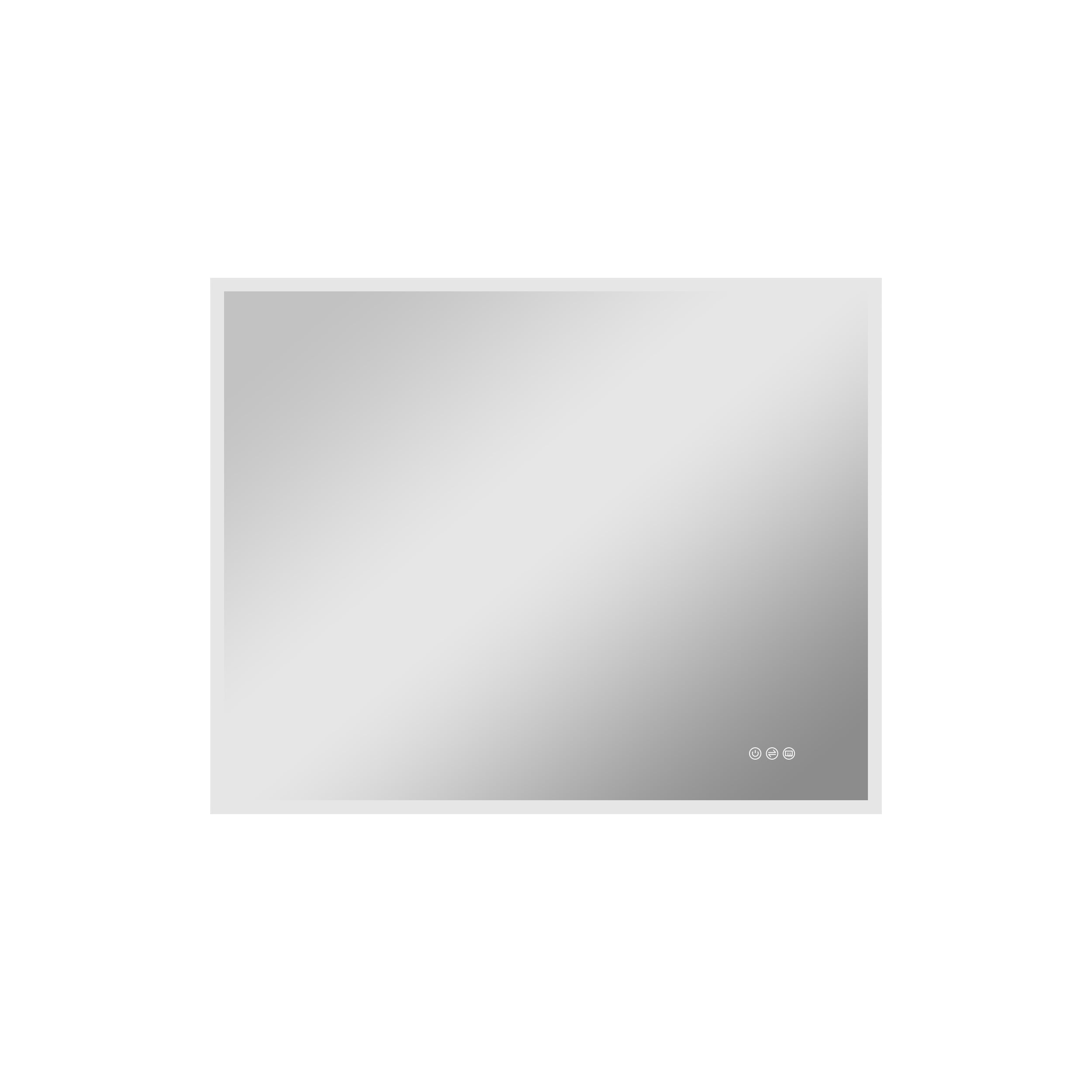
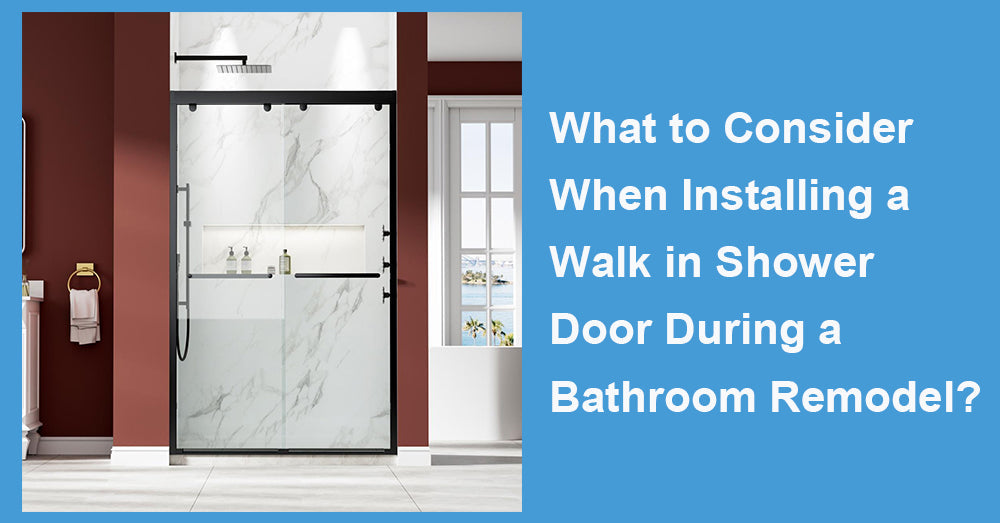
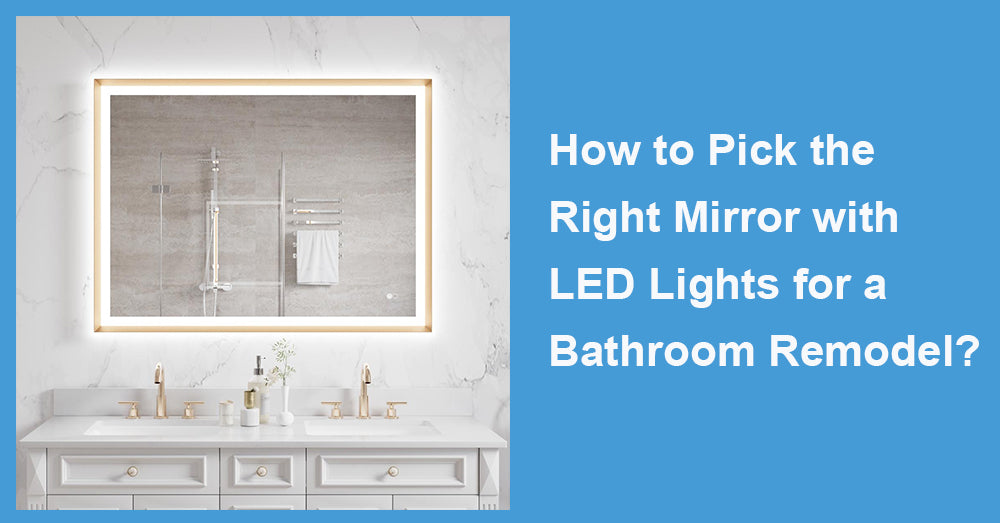
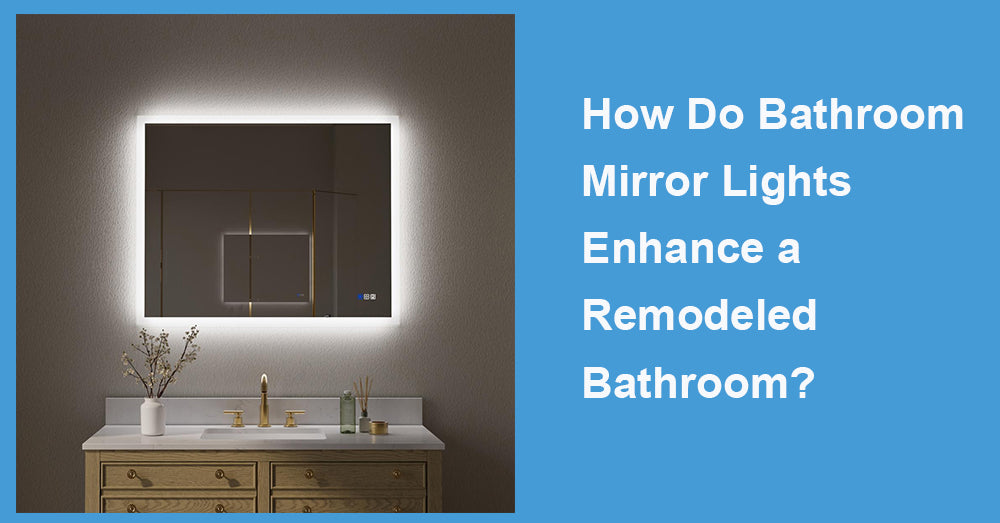
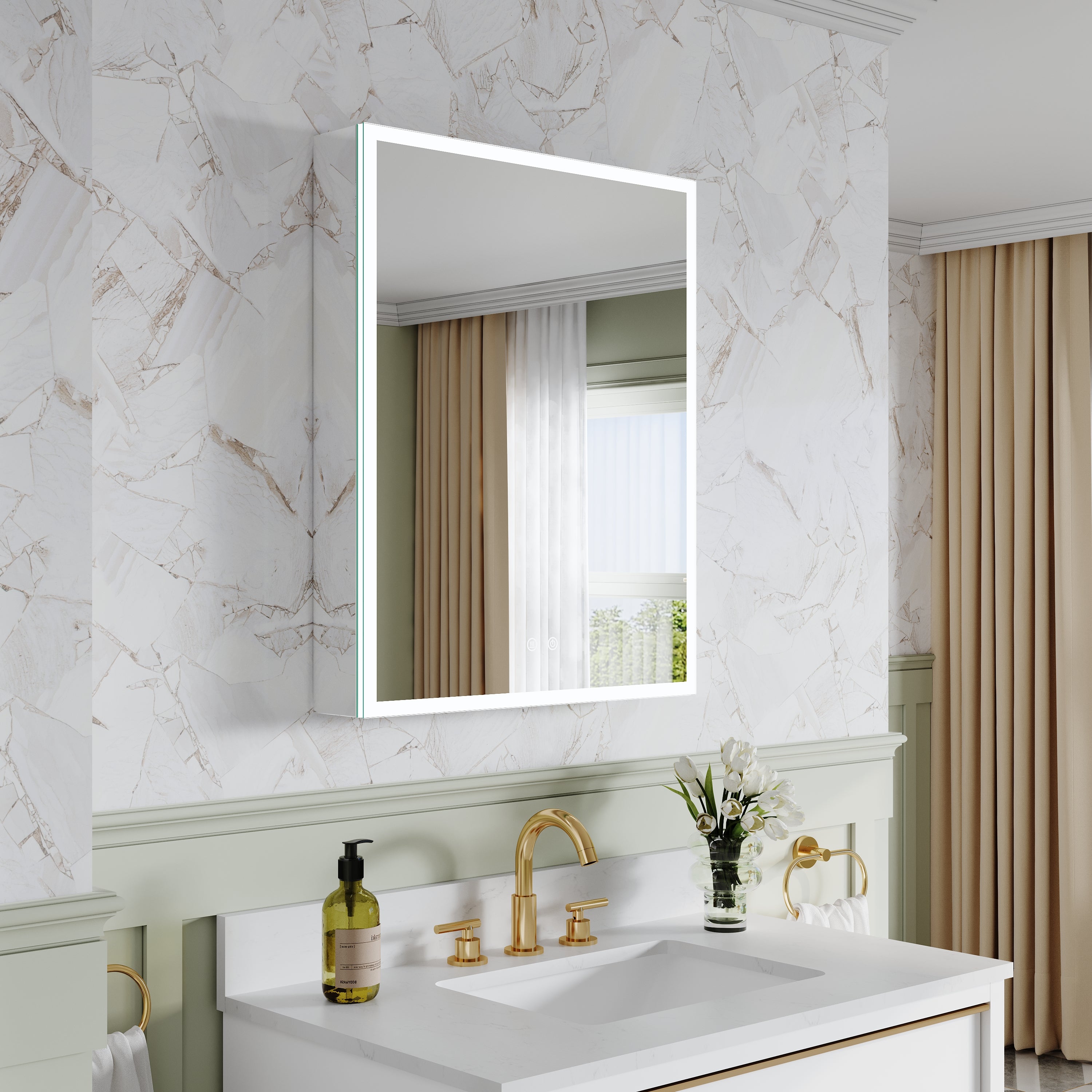
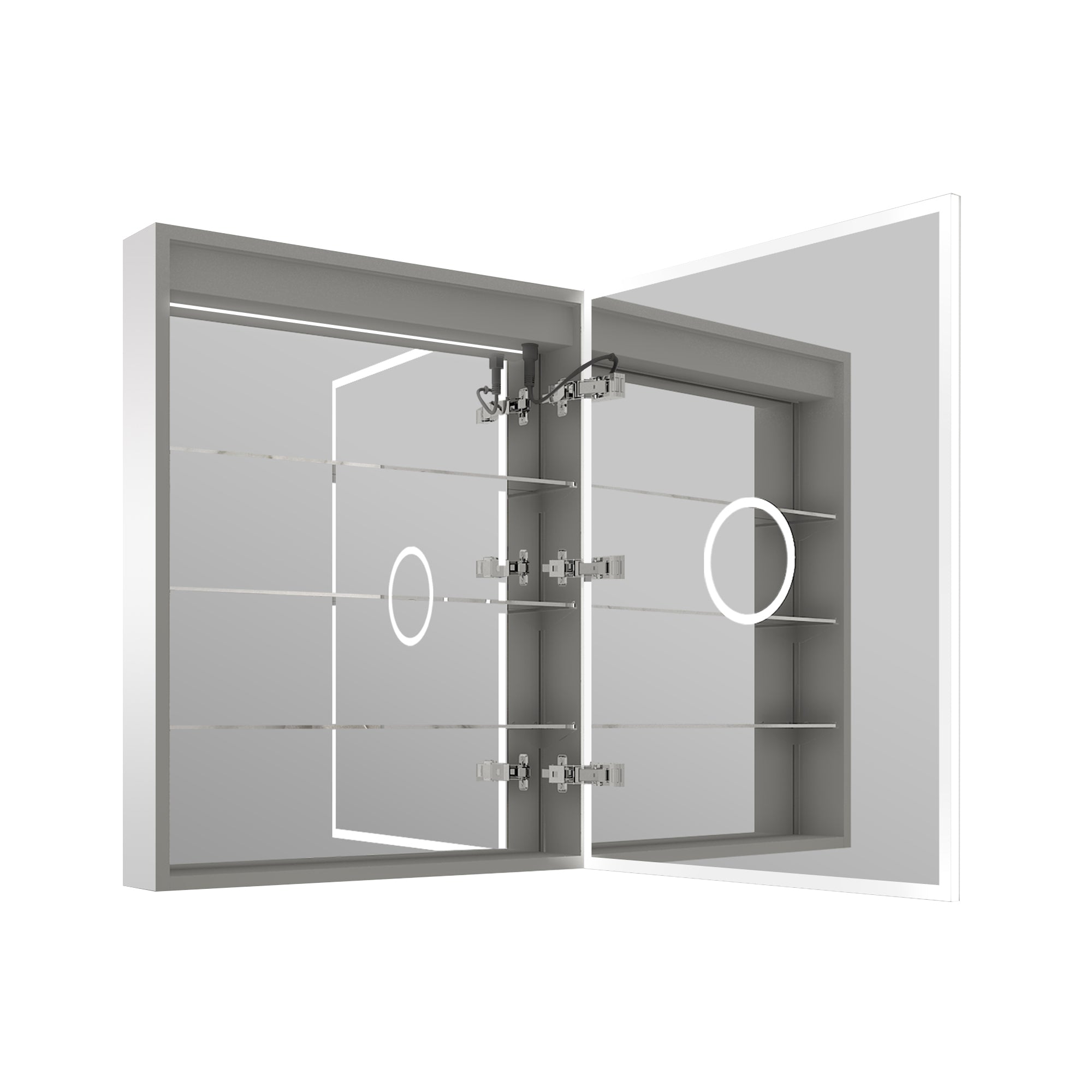
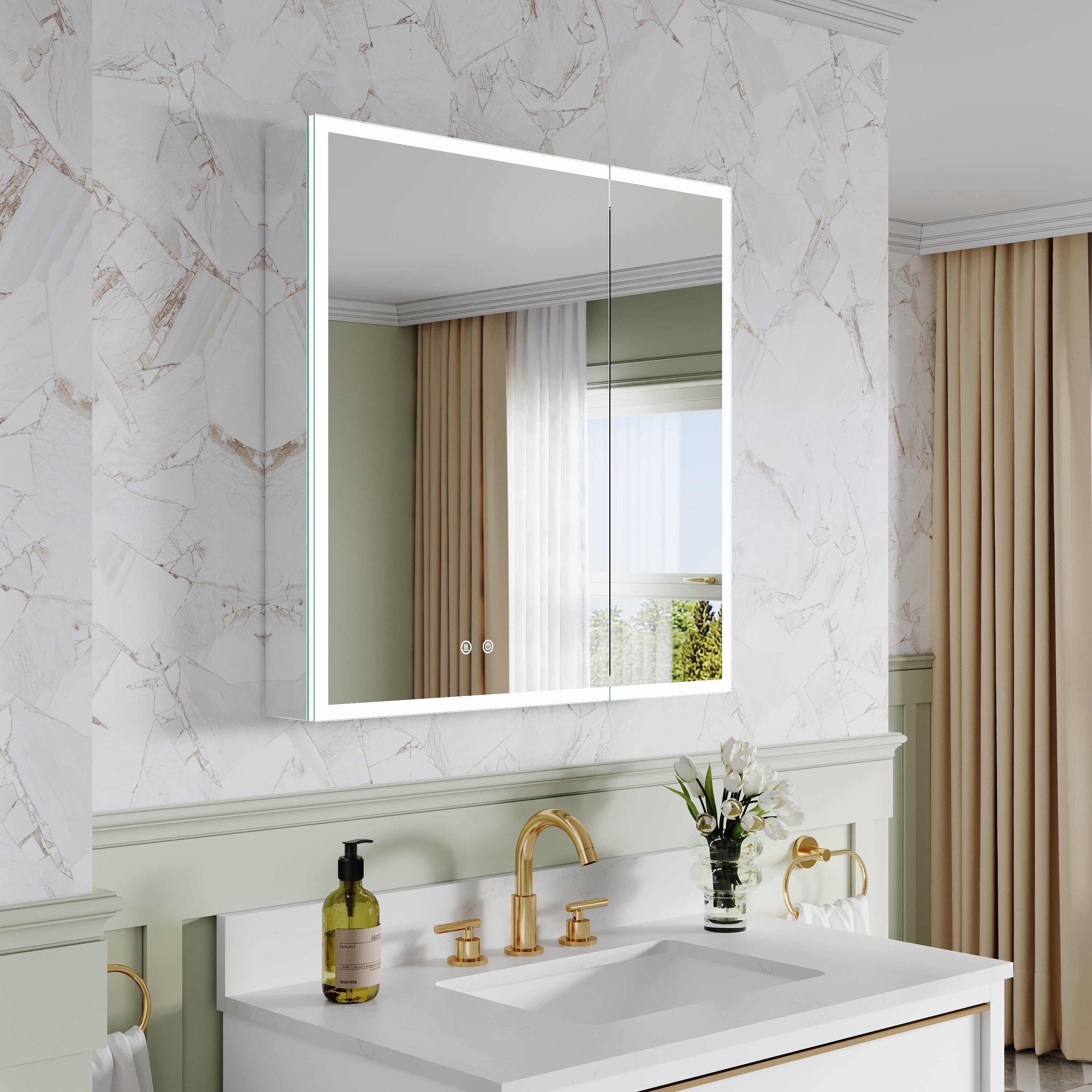
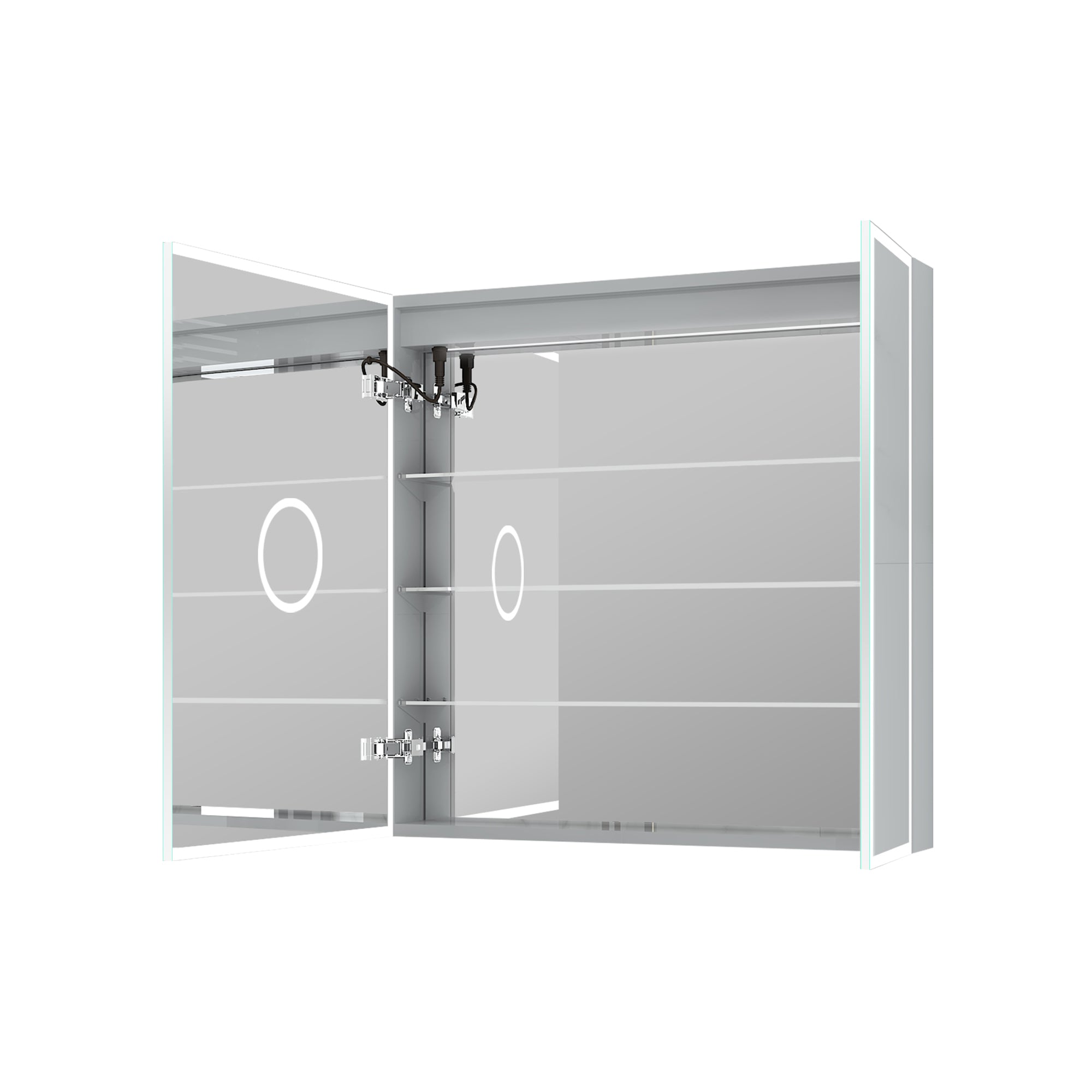
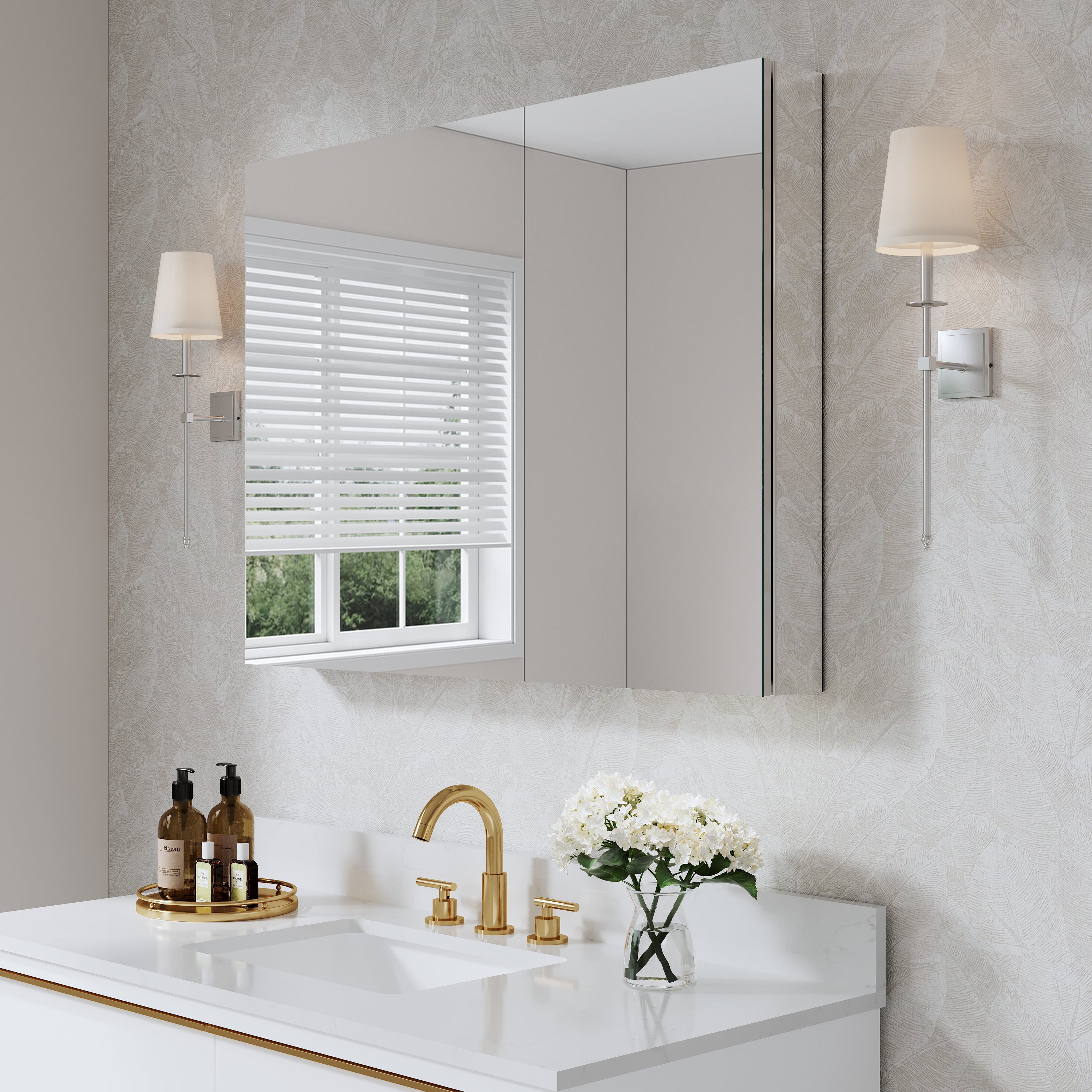

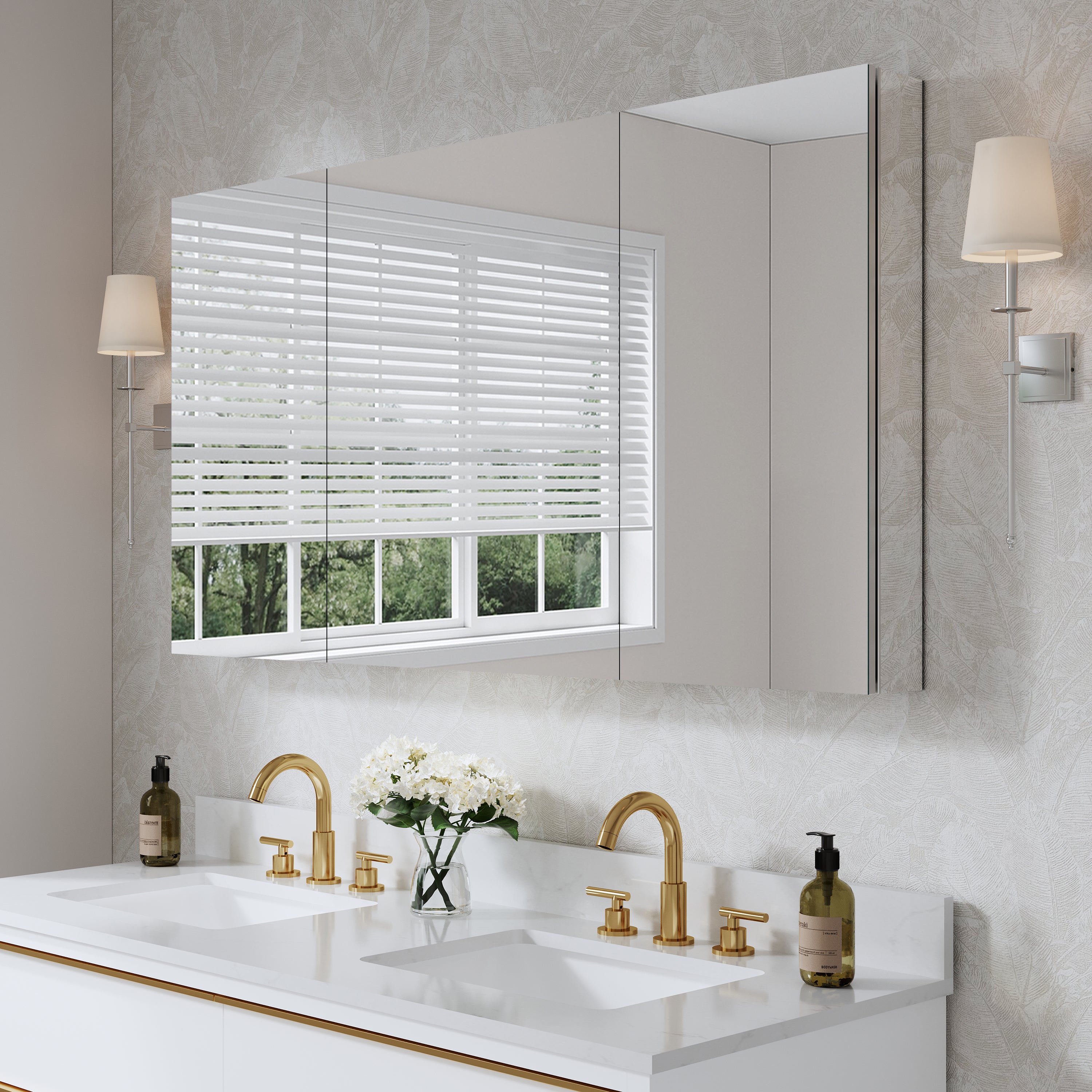

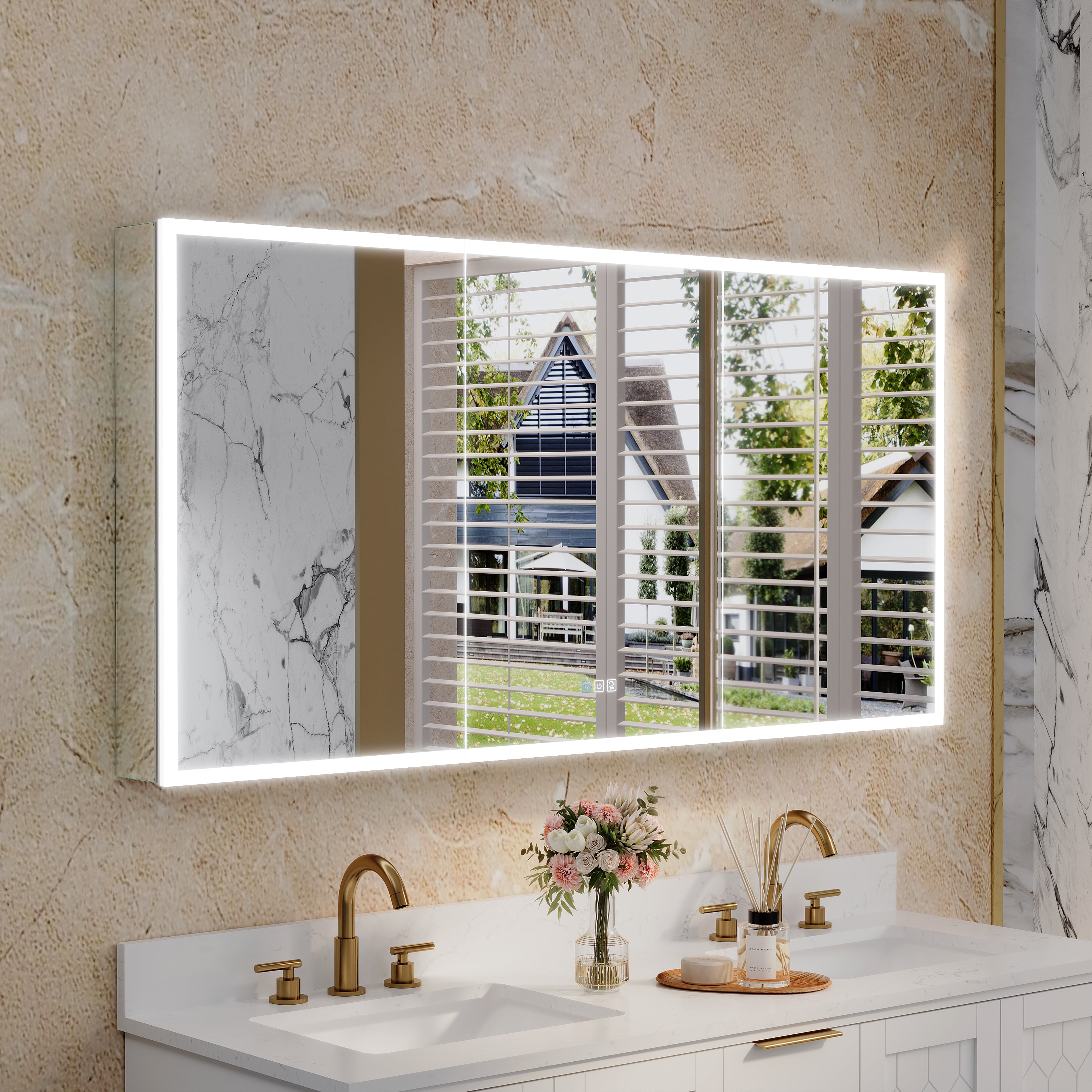

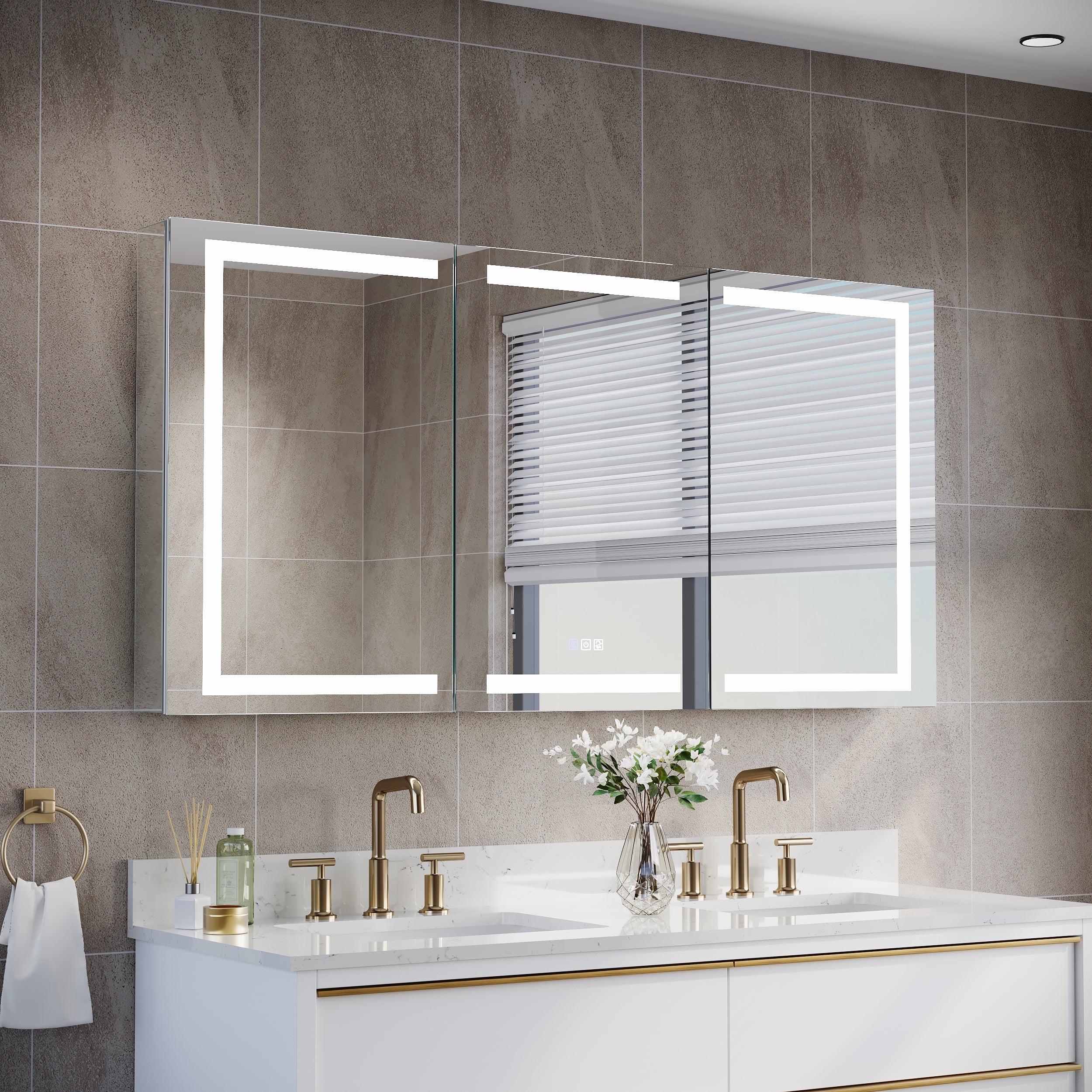


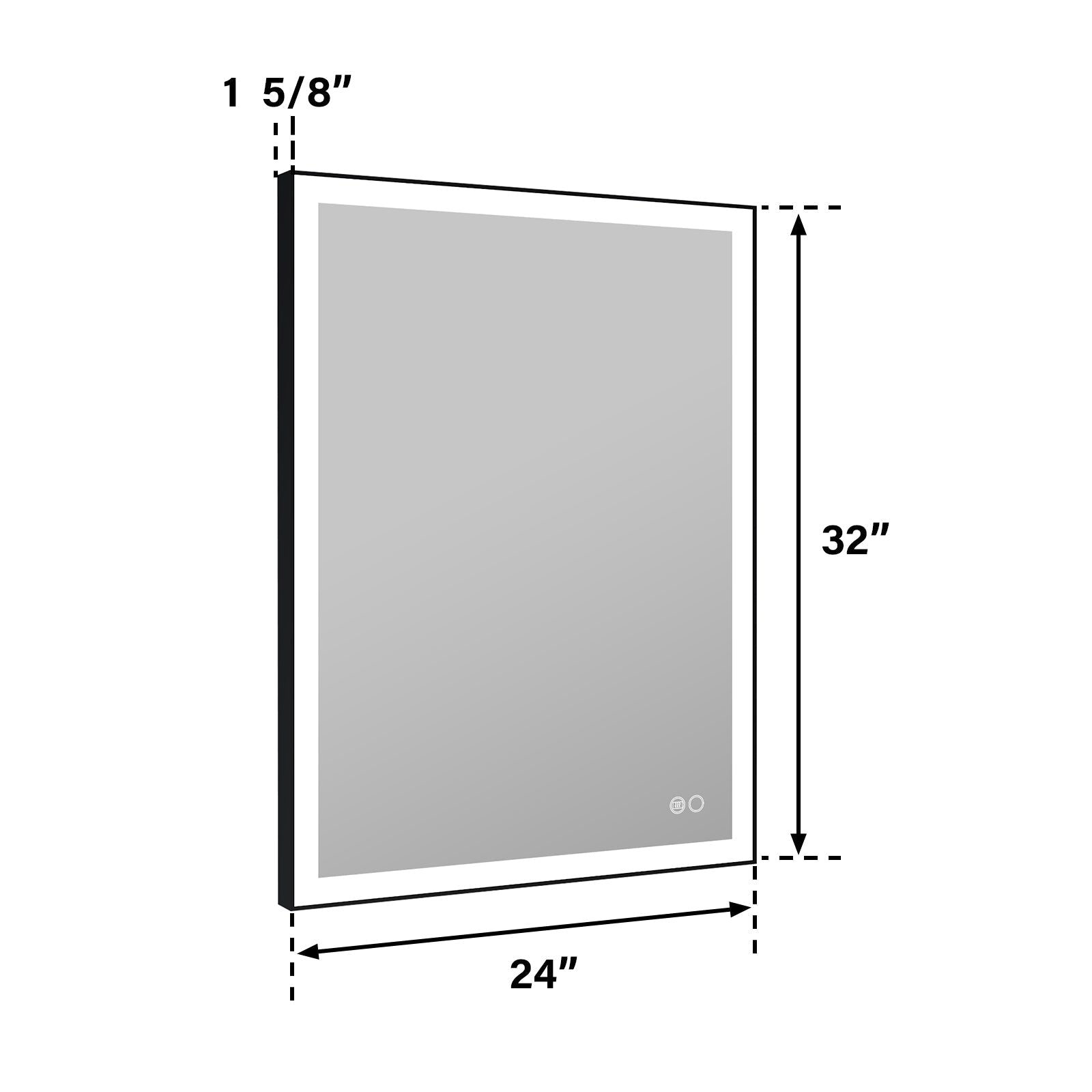
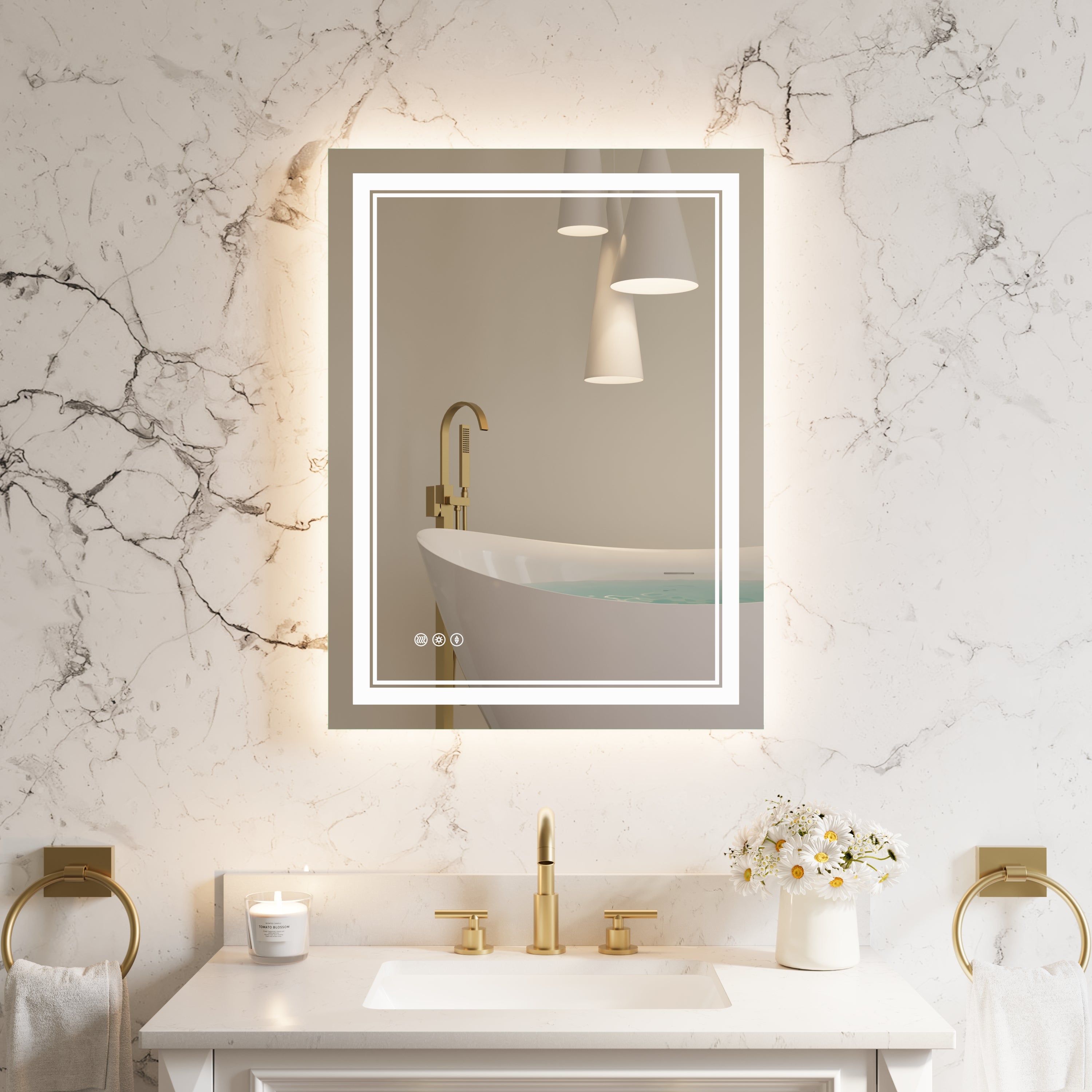
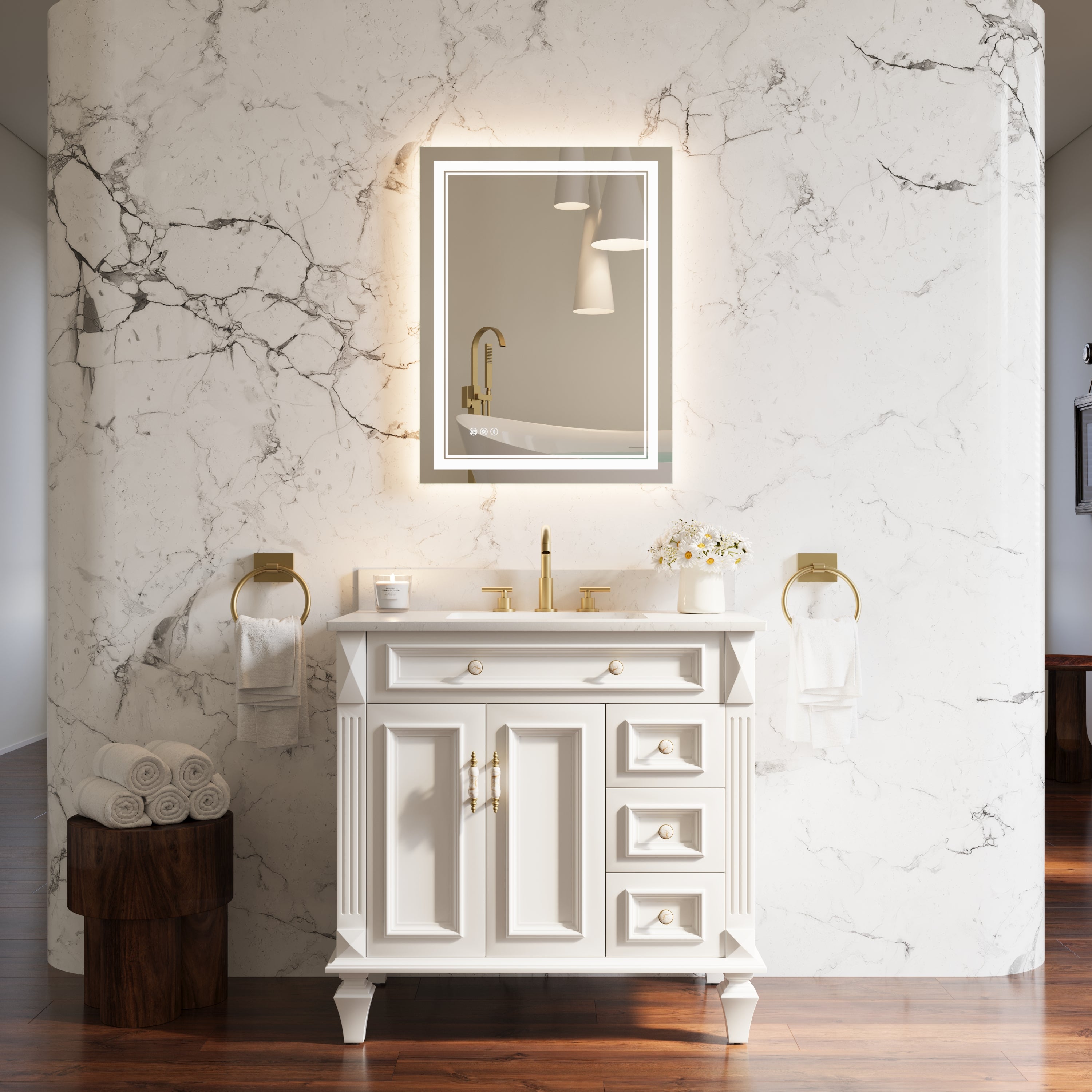
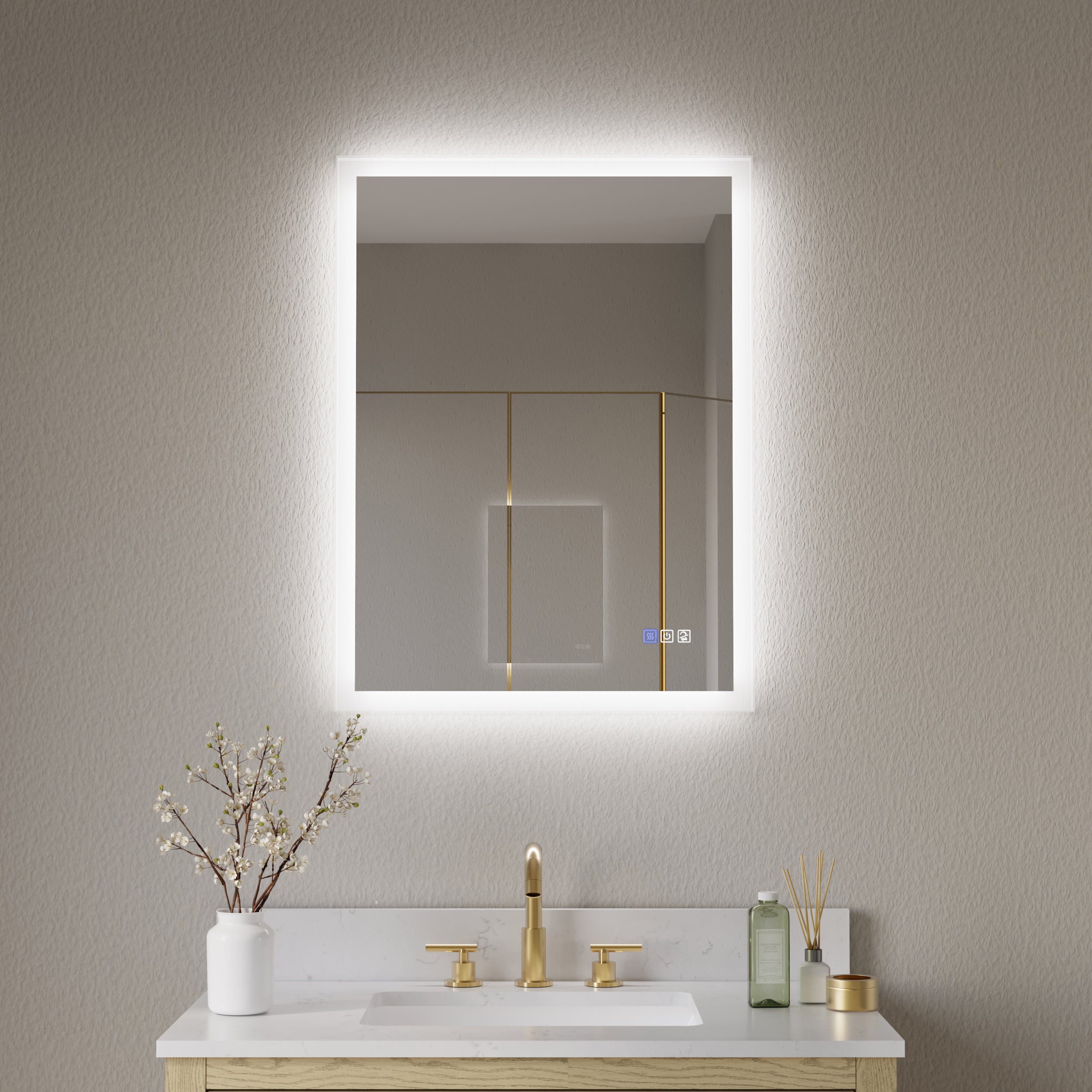

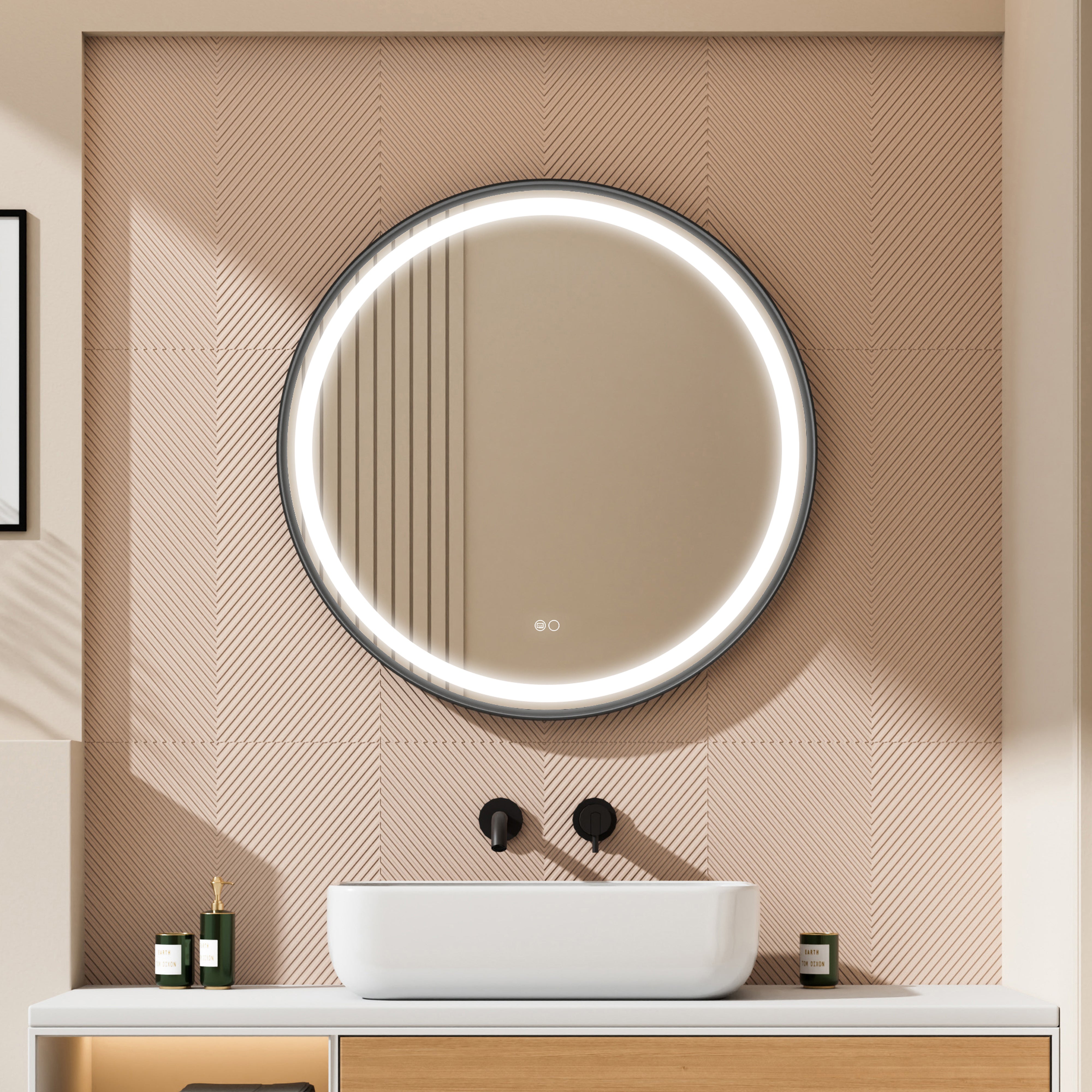
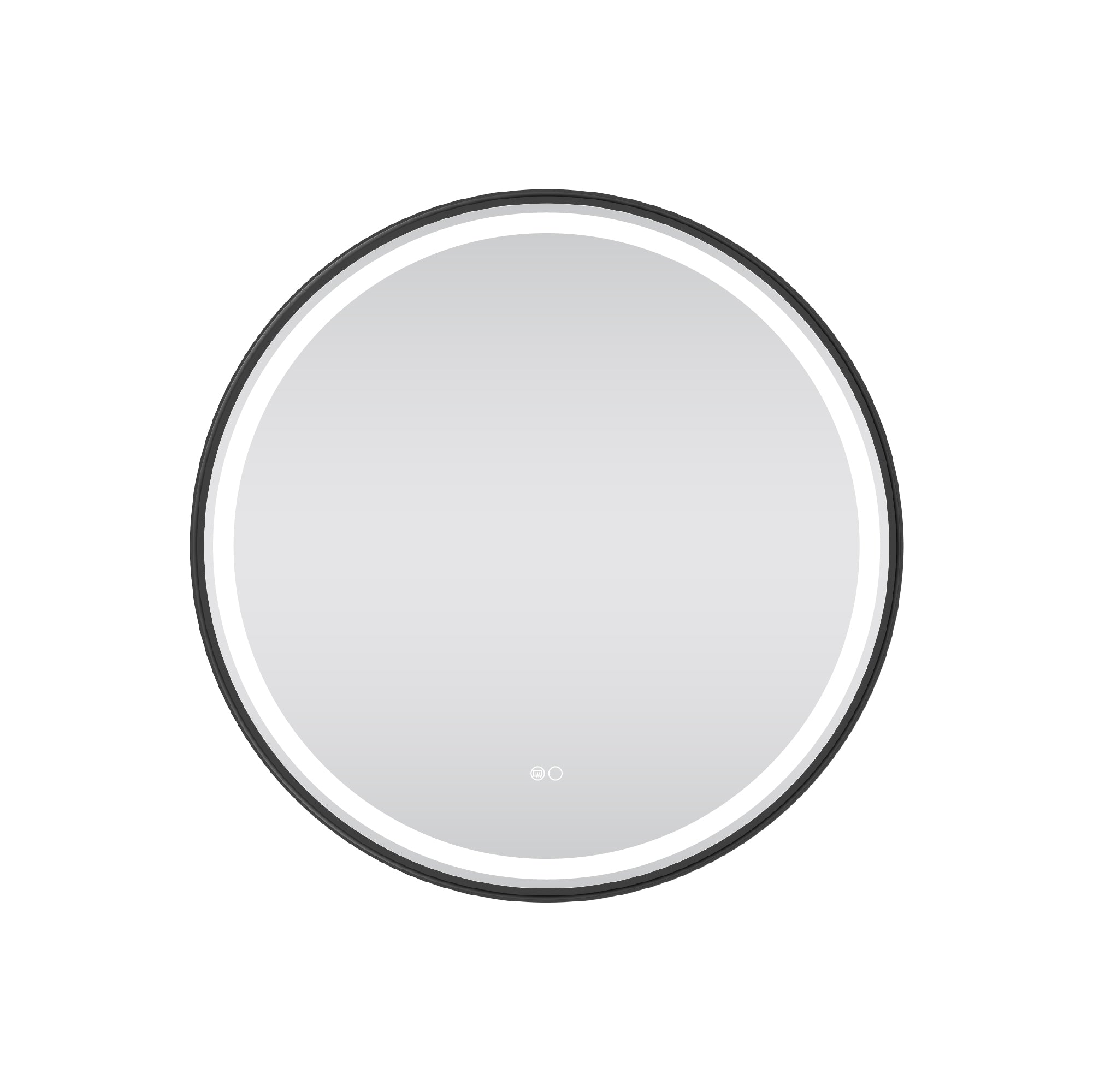


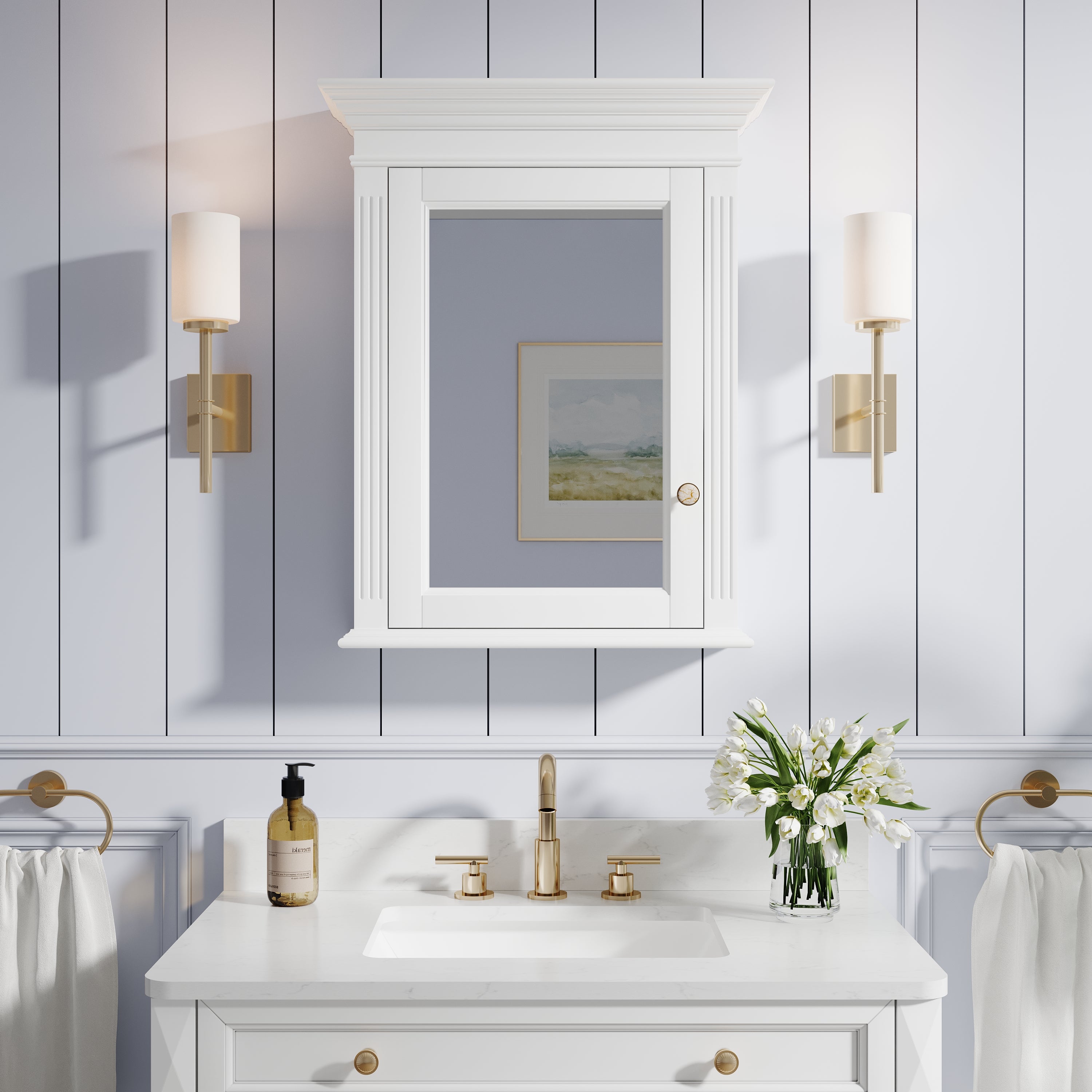
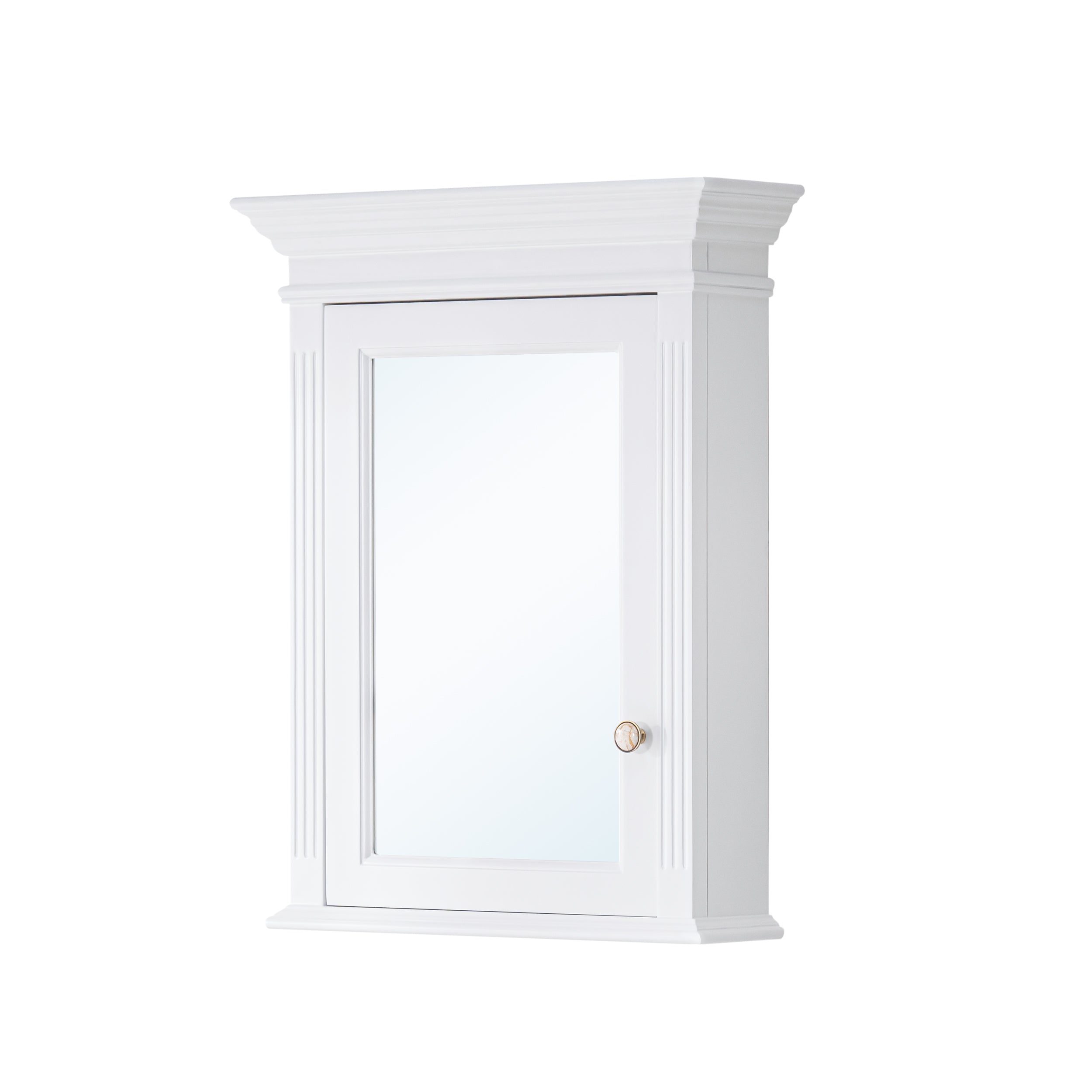
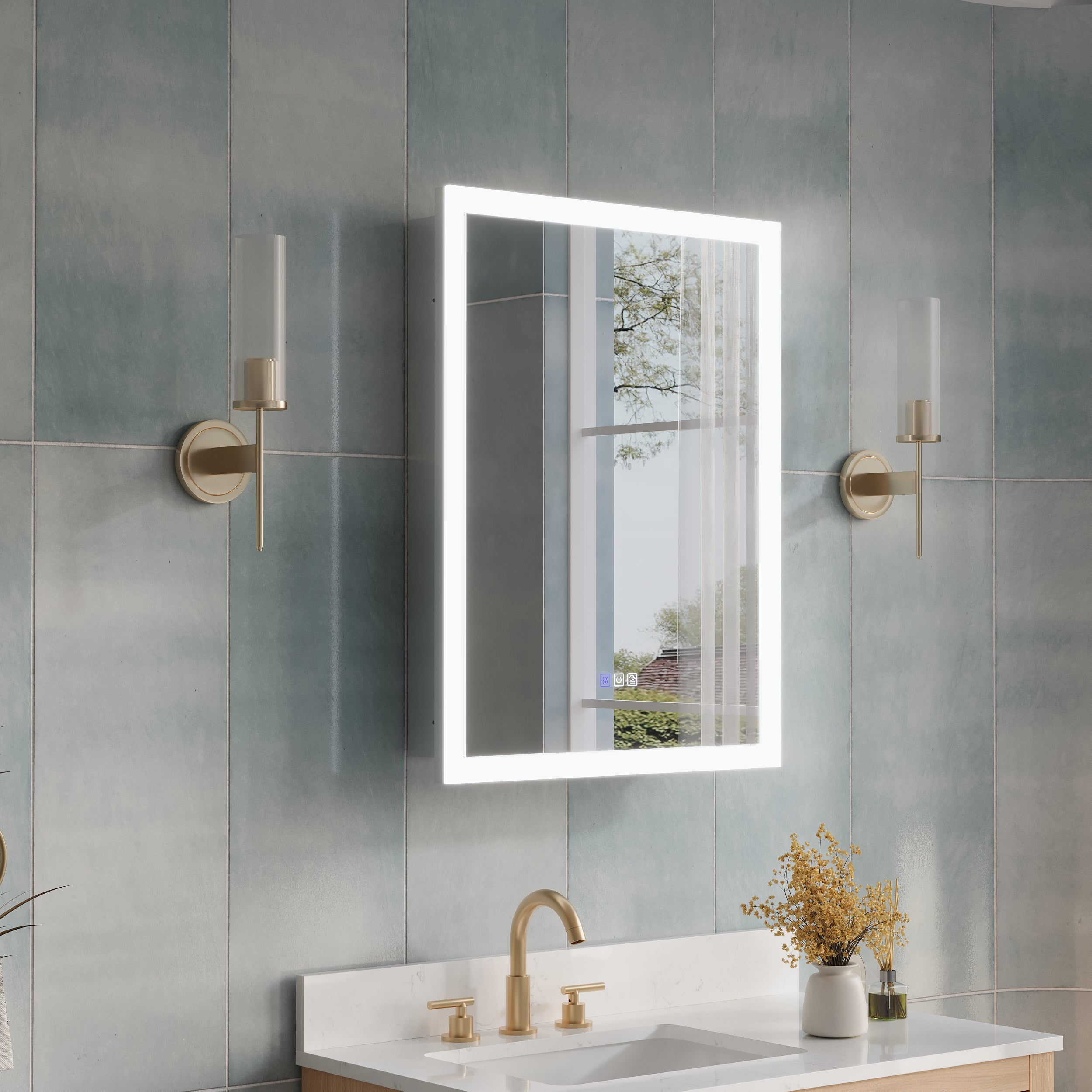
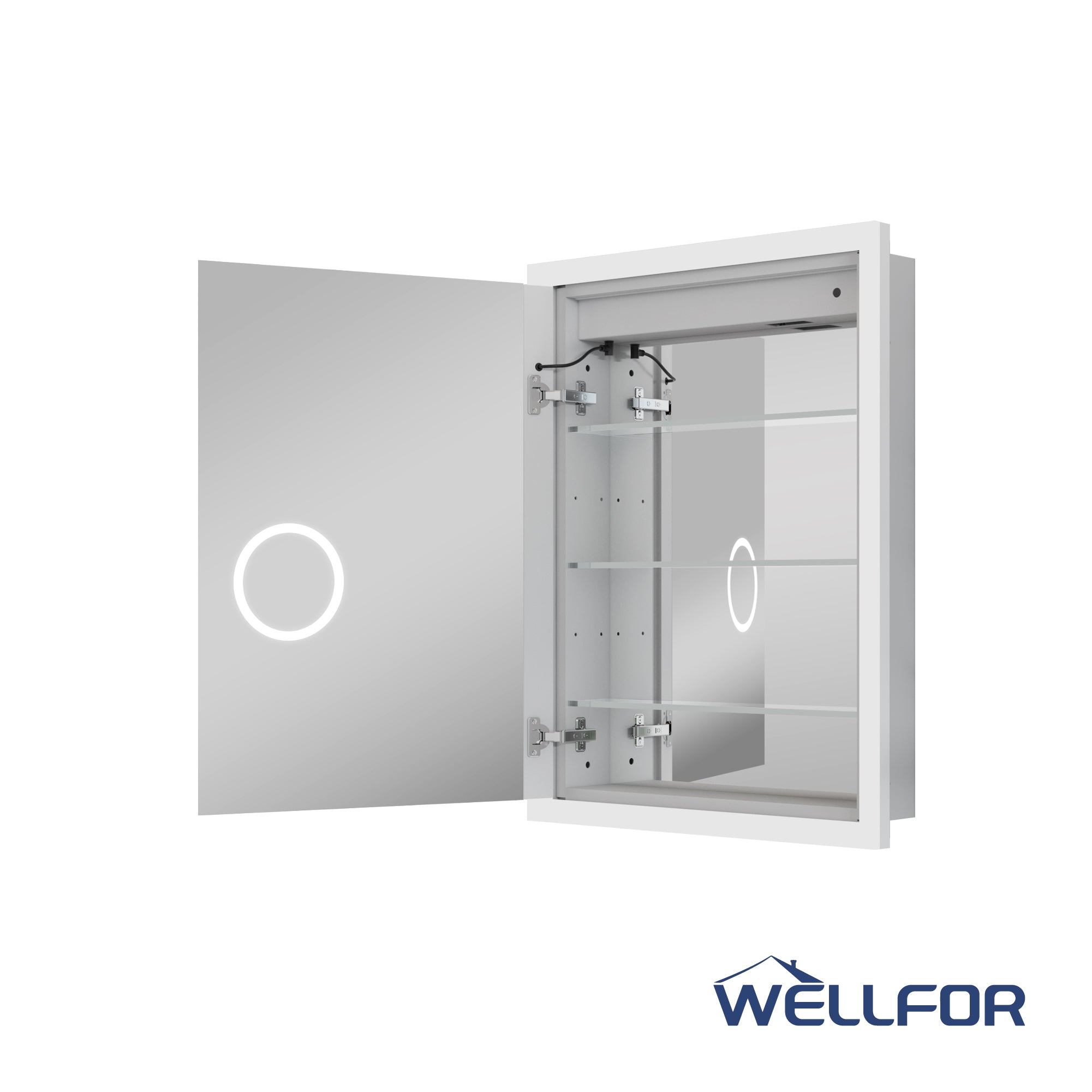
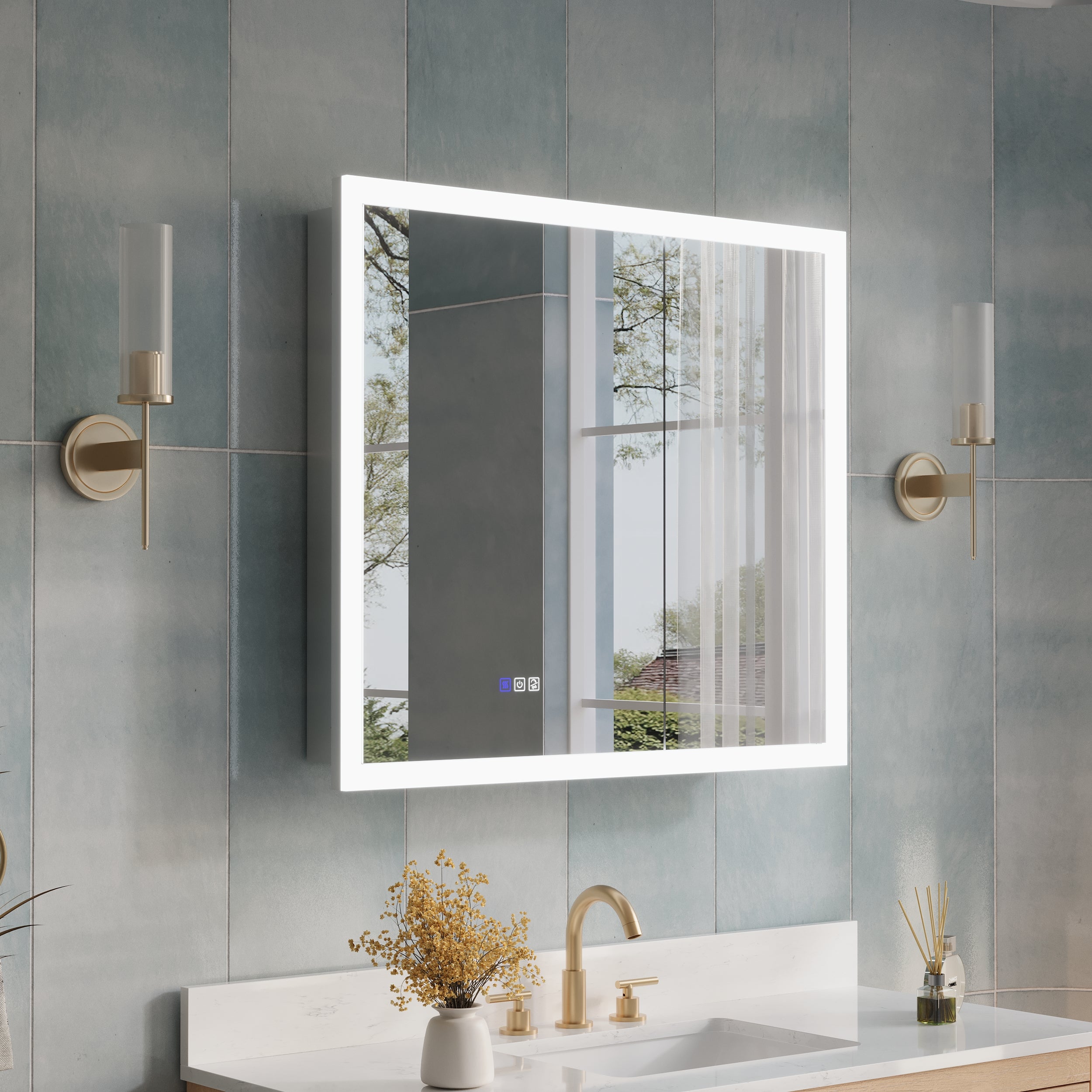




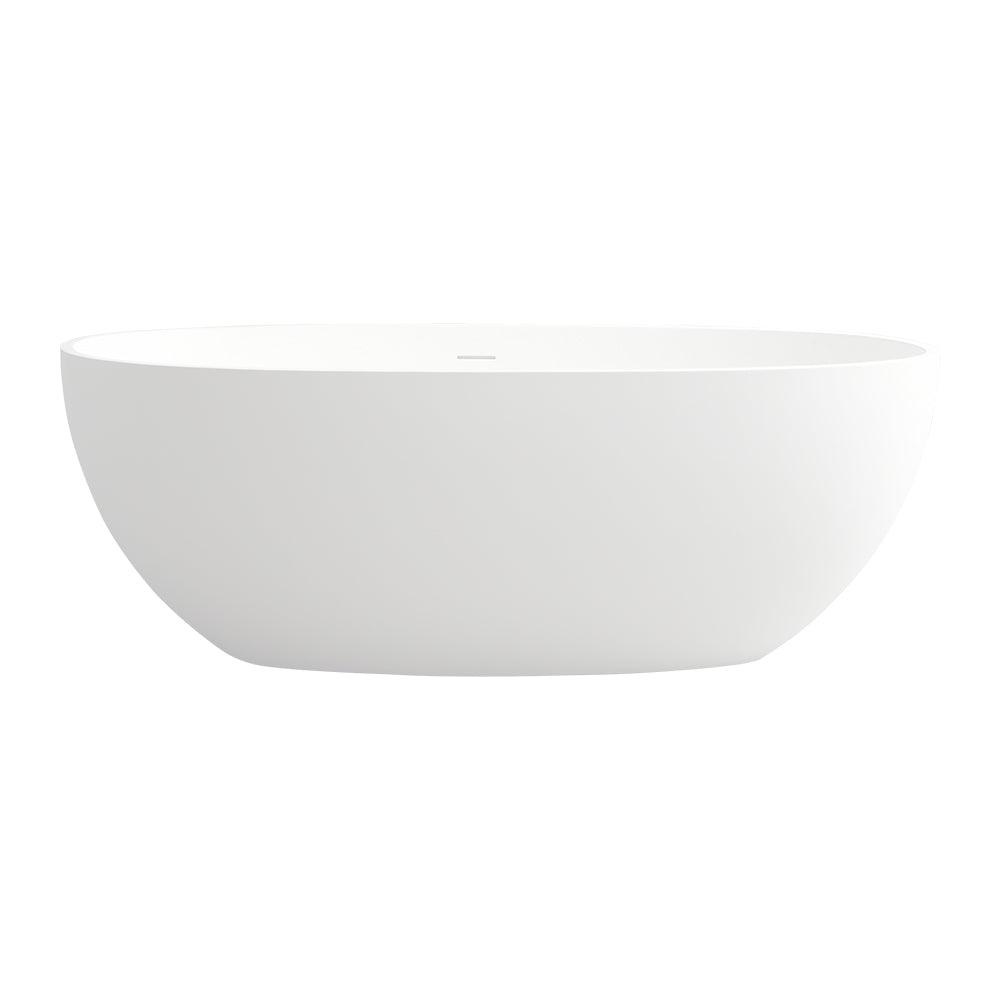
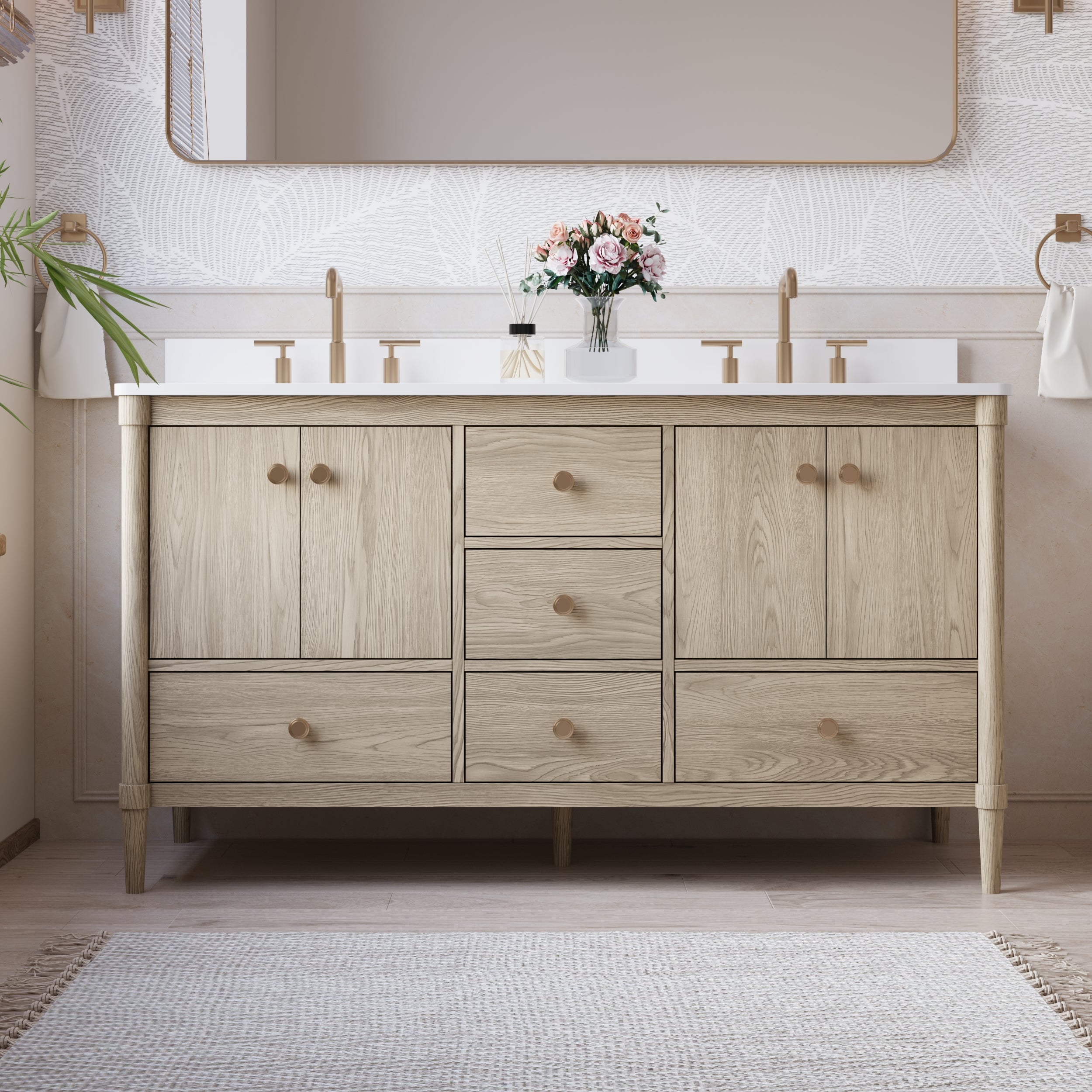
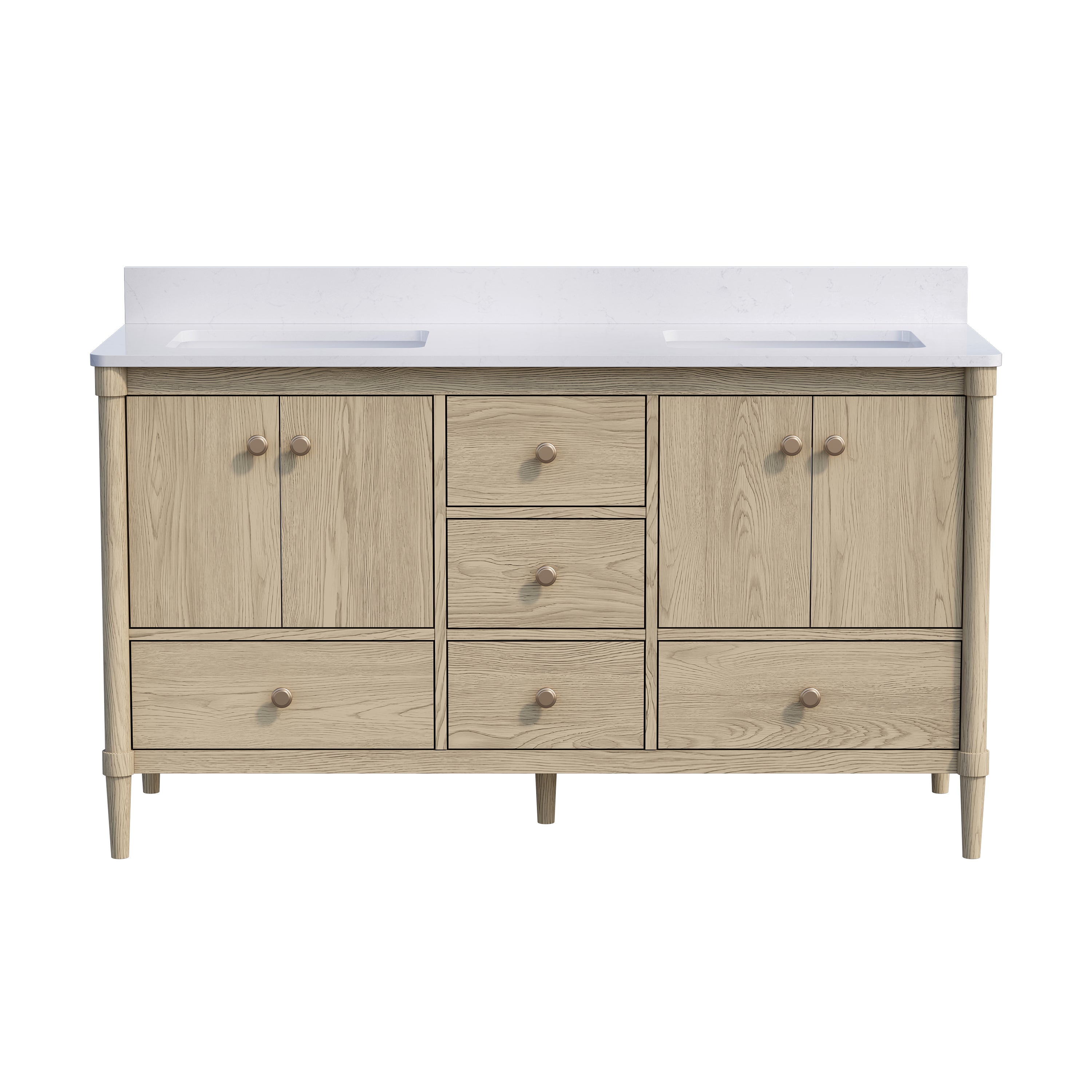
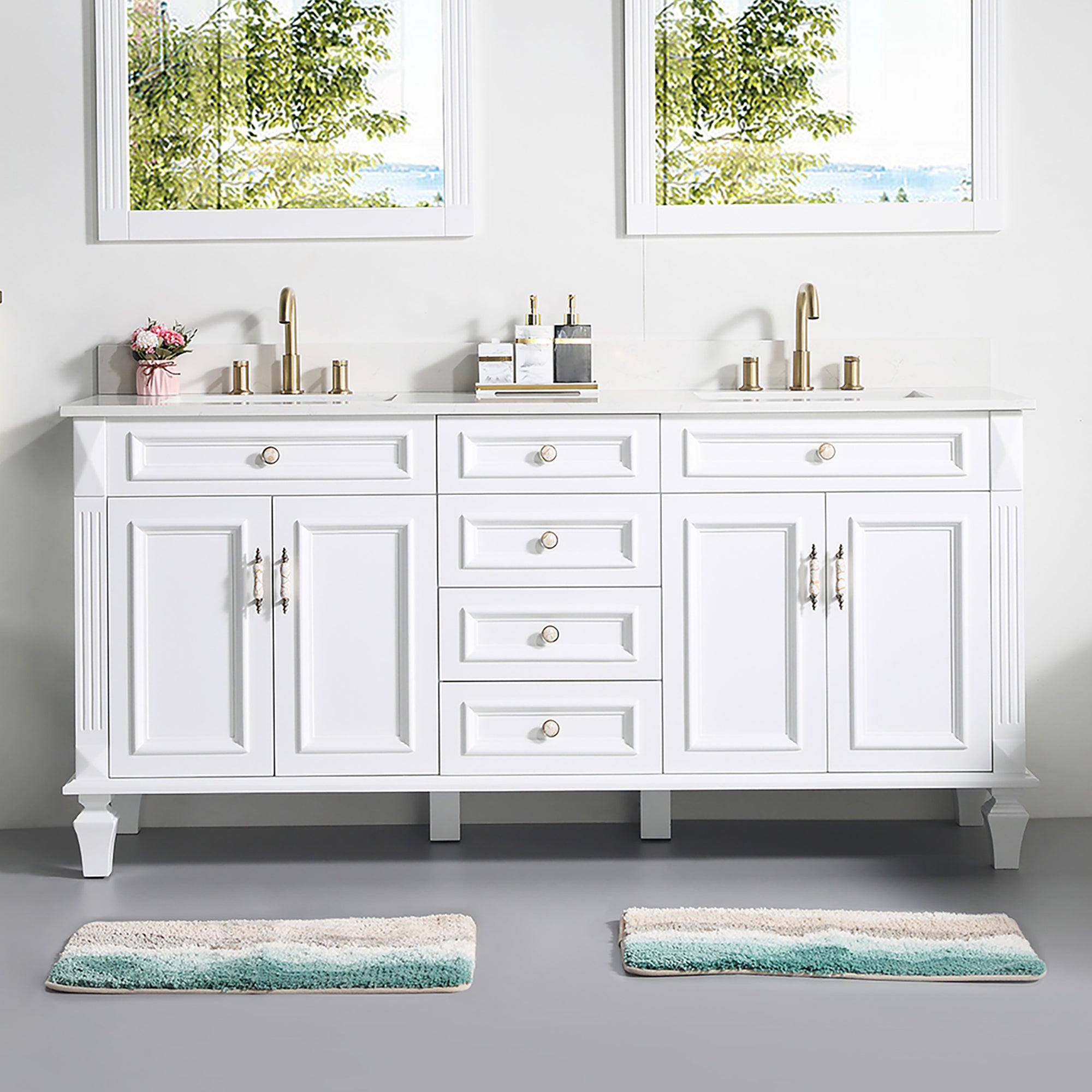

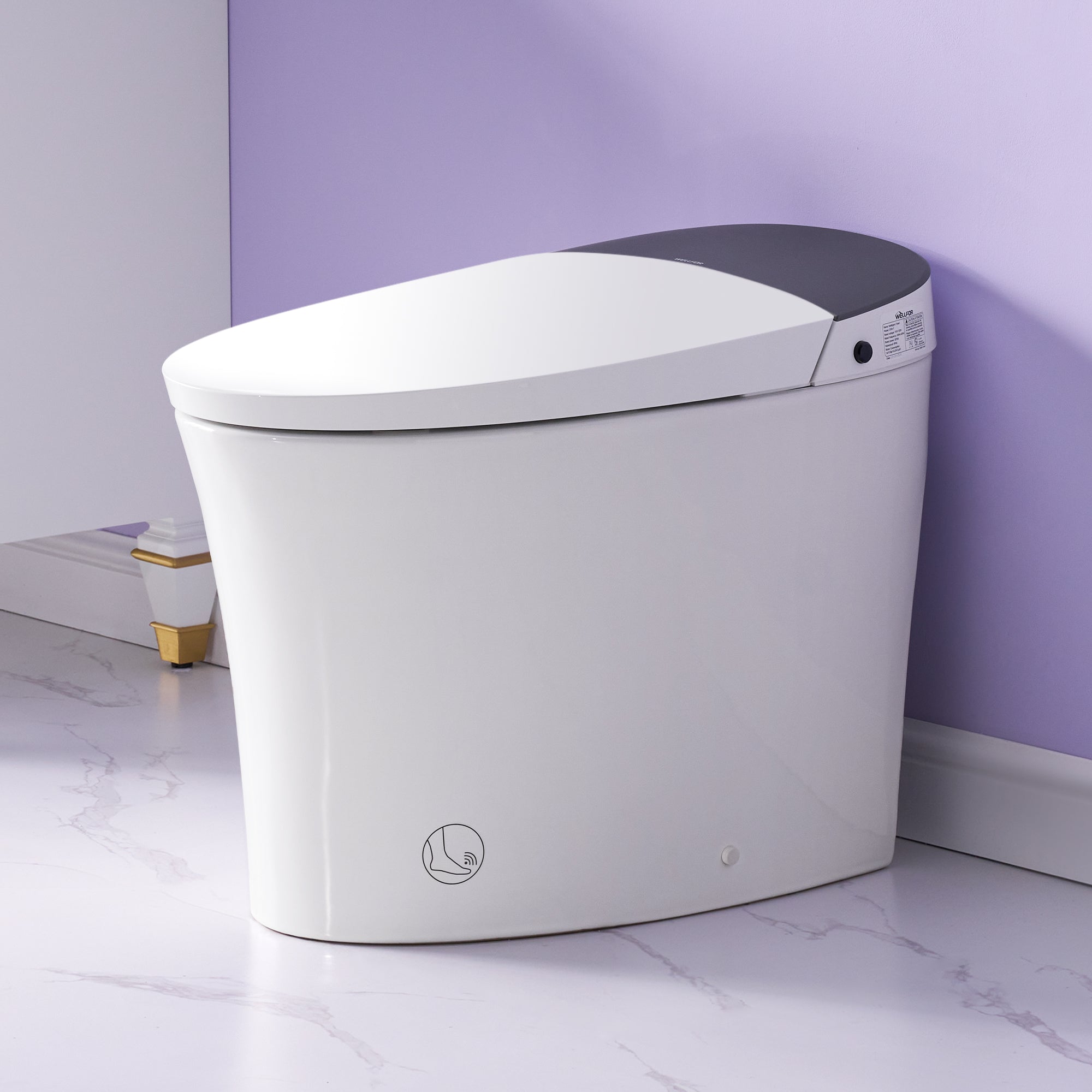
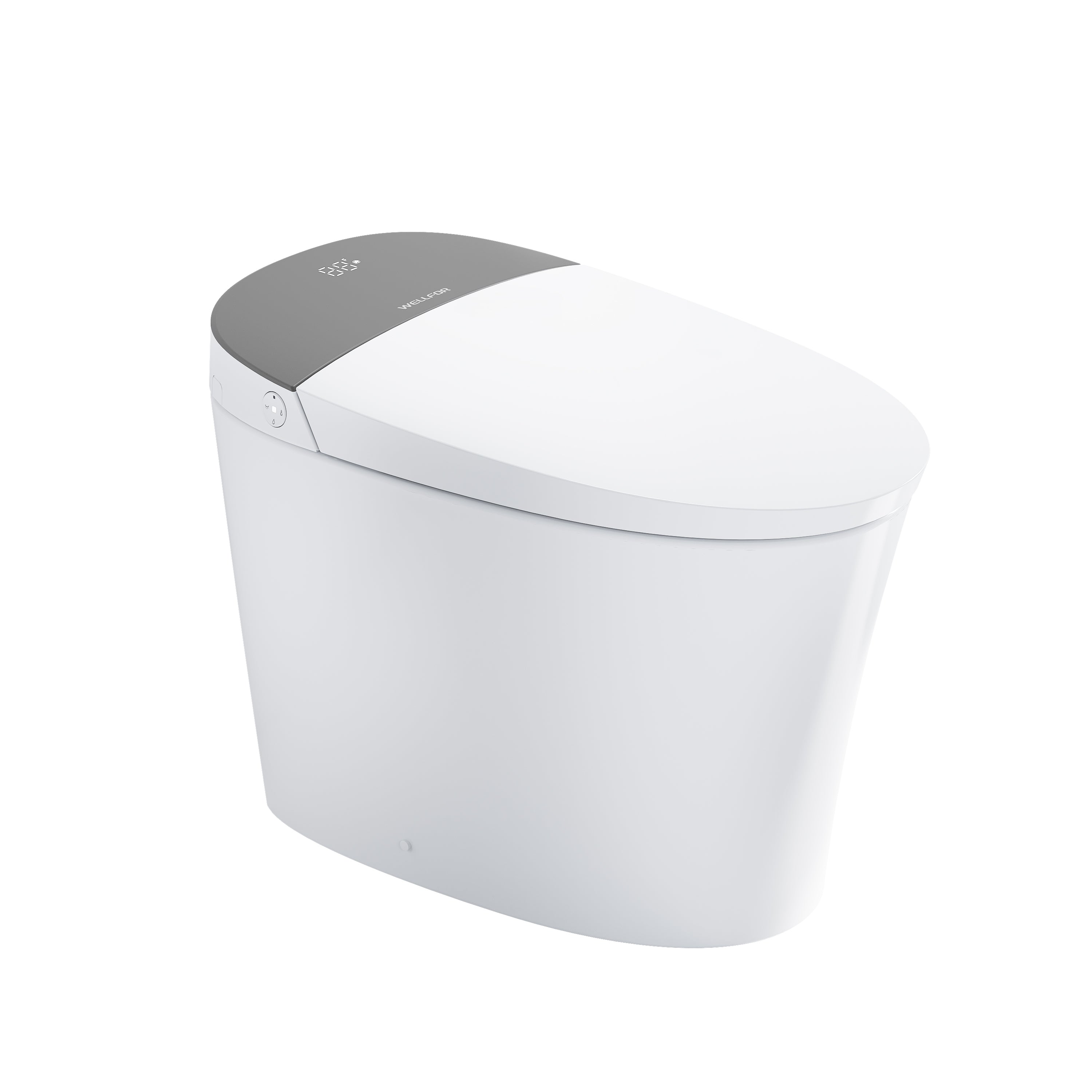

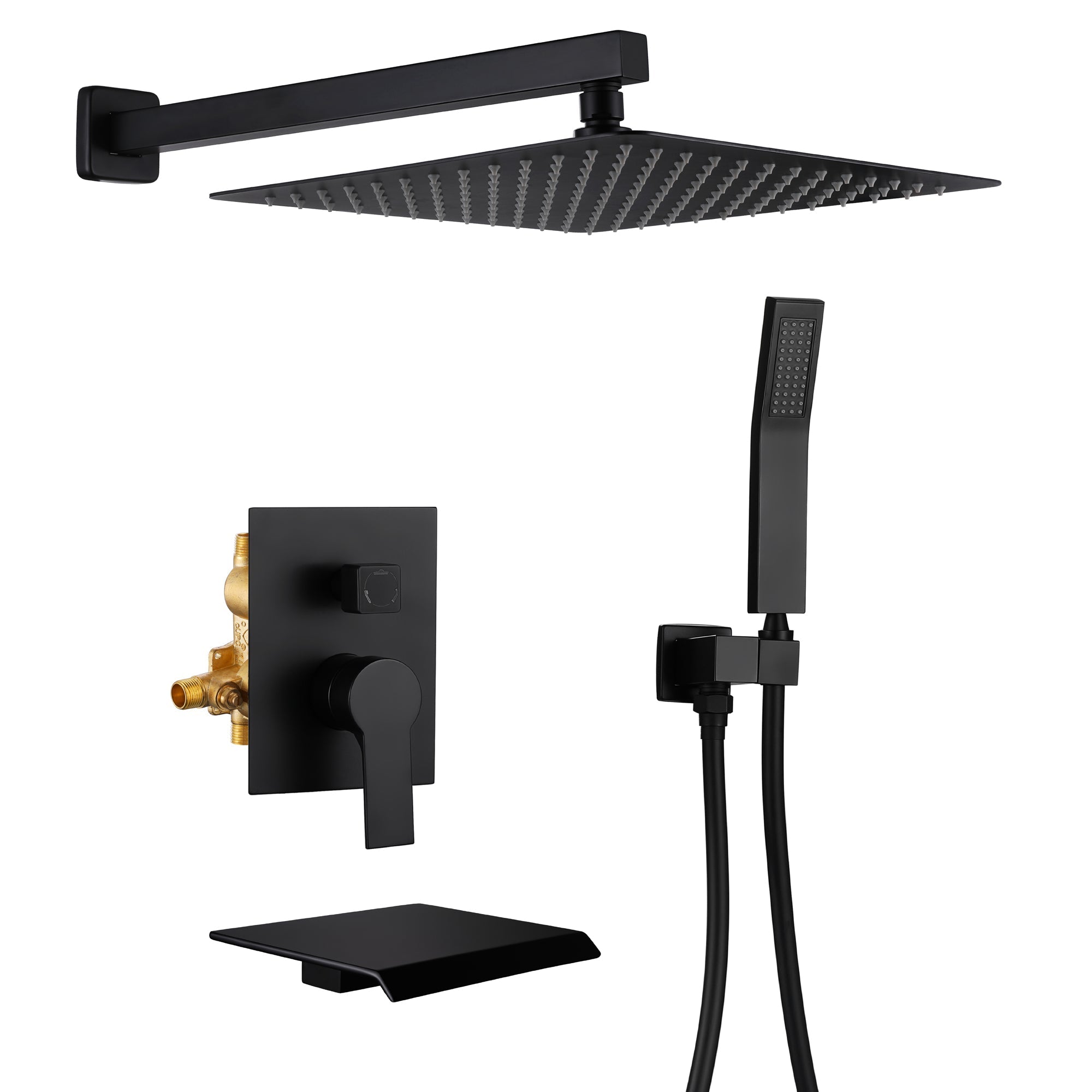
Leave a comment
This site is protected by hCaptcha and the hCaptcha Privacy Policy and Terms of Service apply.